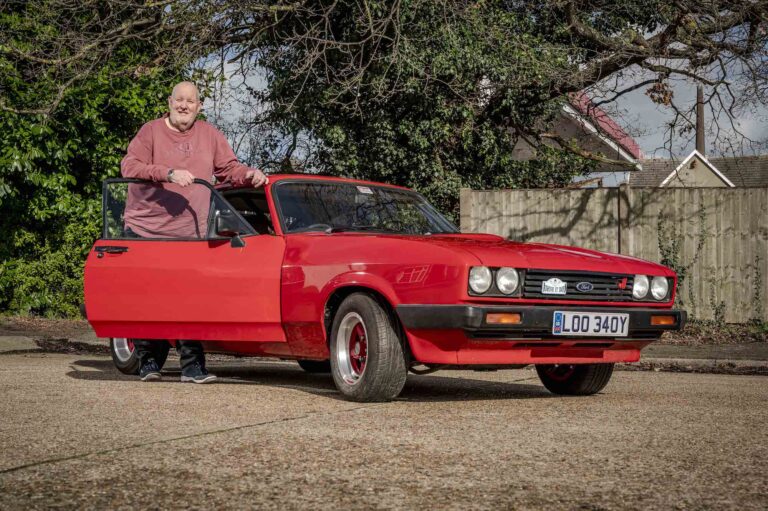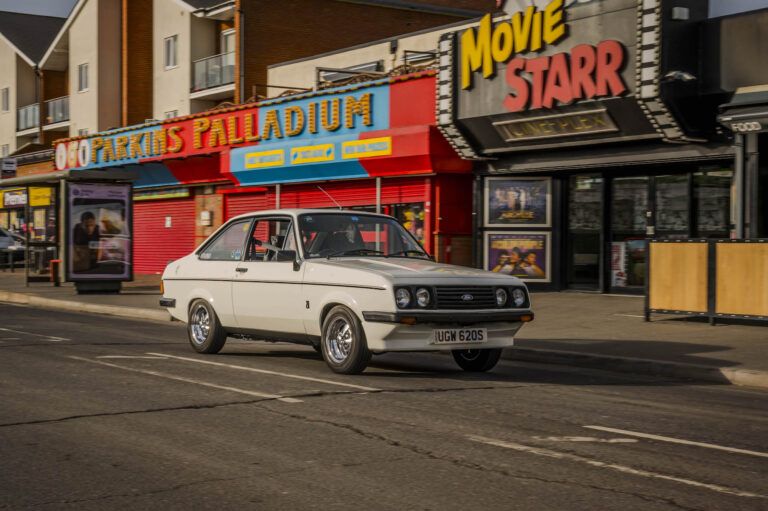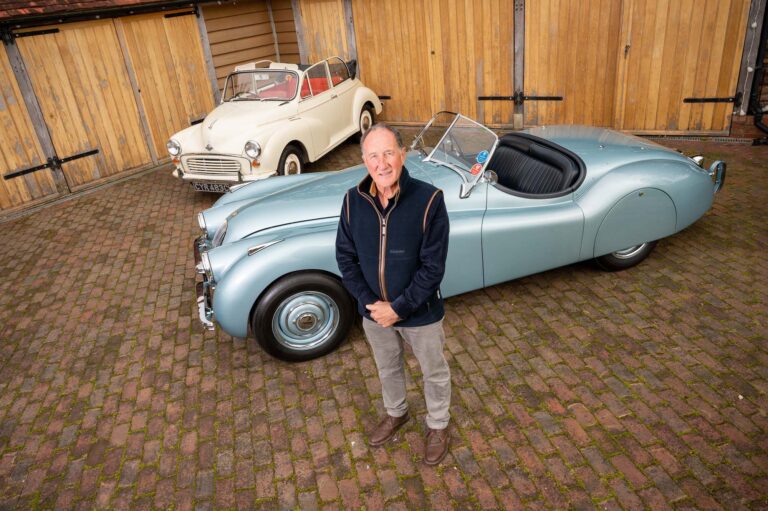Over more than 40 years, Tim Hartnall’s Series I Land Rover has been daily driver, arctic explorer, off-road trialler, prom car, and dog carrier.
The ex-army 86-incher, built for the home market in 1955, was “pretty ropey” when Tim bought it for £500 as his first car back in 1980.
“It was probably a big mistake, but I loved it, and I’ve stuck with it,” he says, patching it up for many years until a full rebuild in 2005.
The car’s greatest adventure was an incident-packed, 3,000-mile road trip through Norway, Sweden and Finland to the Russian border and down along the Norwegian Arctic Highway in a convoy of three 86-inch Land Rovers.
It was the summer of 1986 (pictured setting off), and the three Land Rovers set sail from Harwich bound for Oslo on a Fred Olsen ferry, but not before some manual adjustments to the vehicle’s canvas roof.
“I’d taken off the hard top, which was too high for the ferry company’s standard car height limit,” says Tim, “but even with the canvas roof it was still a little too high.
“There was a considerable extra charge for high vehicles, so I had to swing on the hood sticks to get it to just scrape under the bar.”
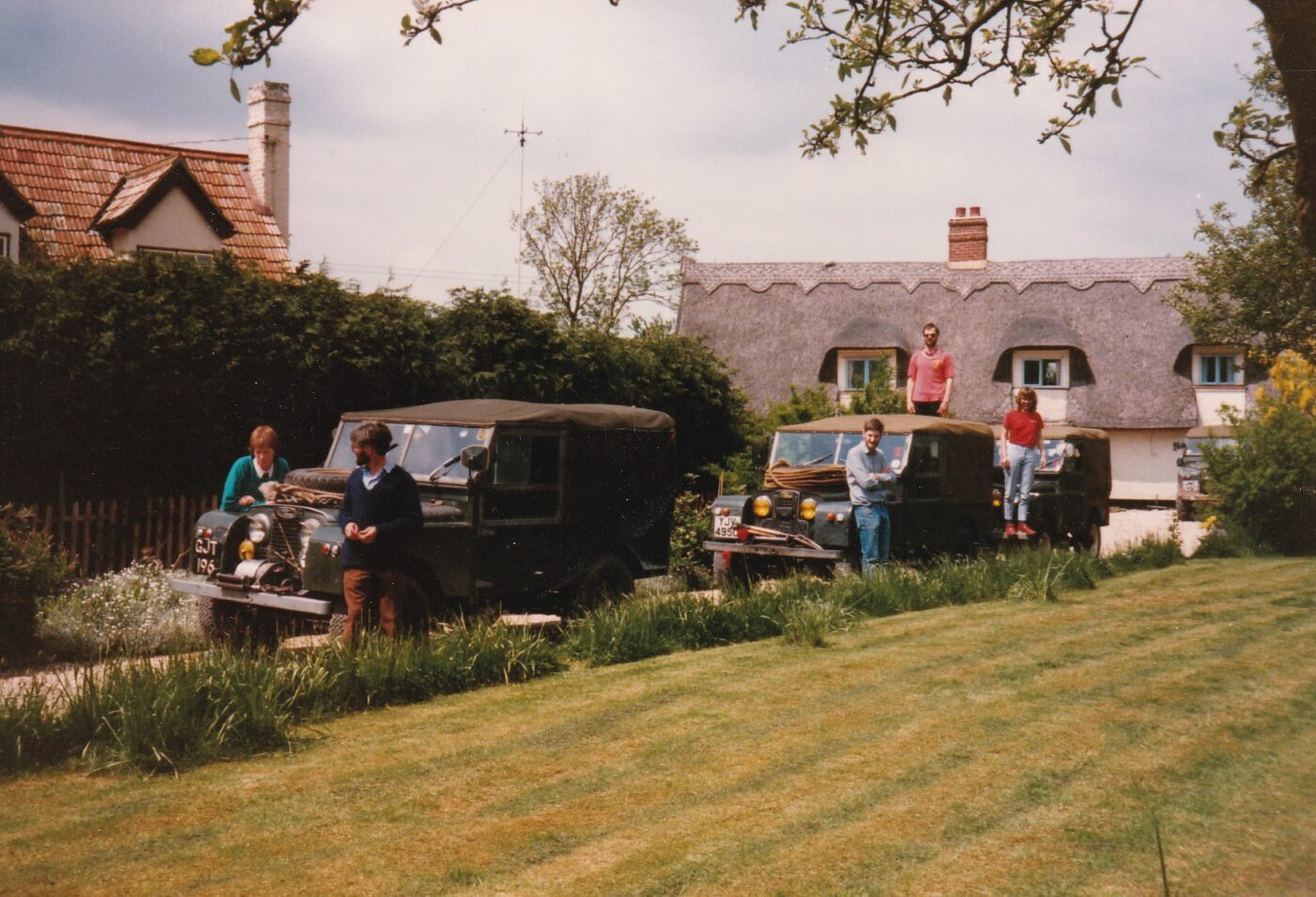
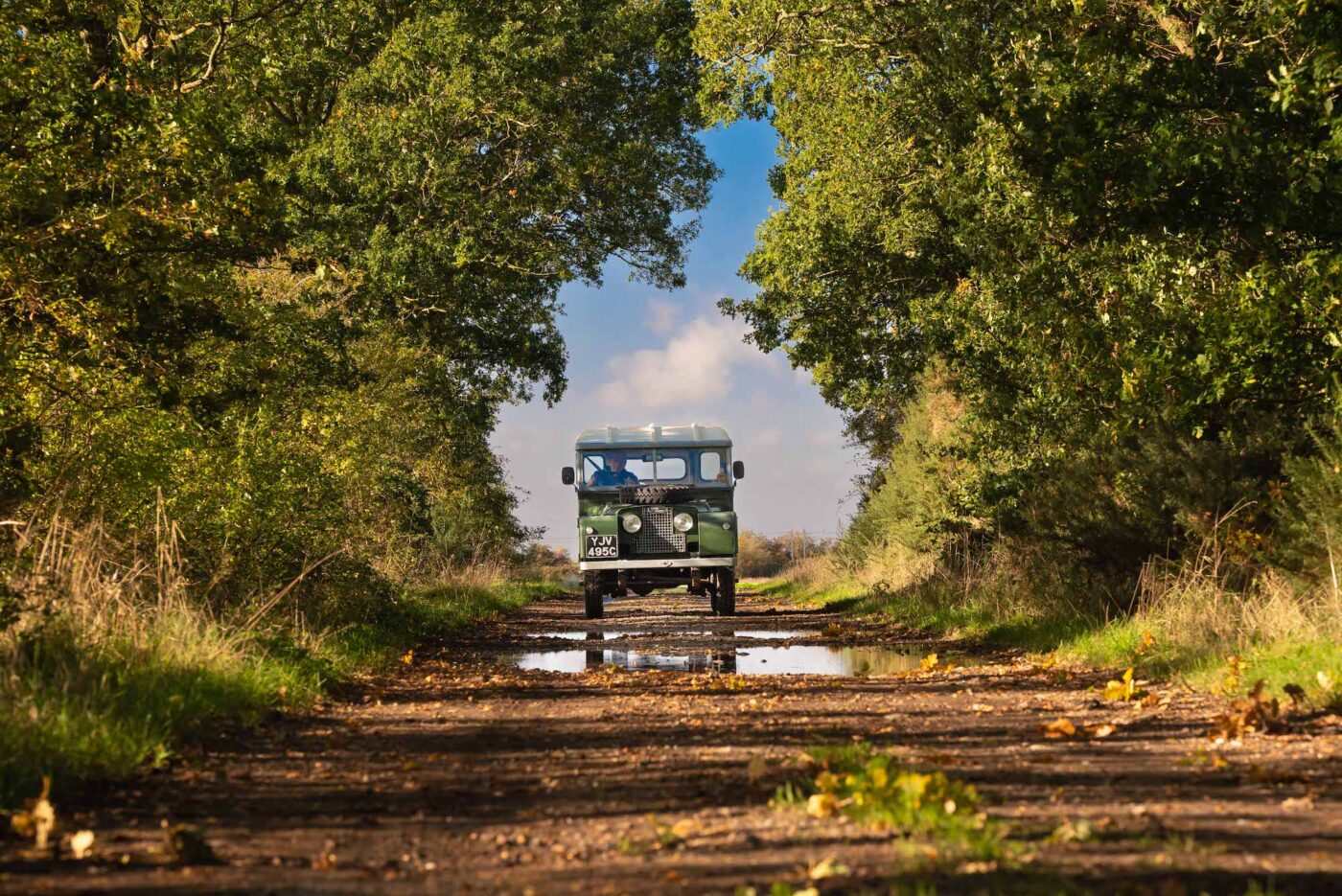
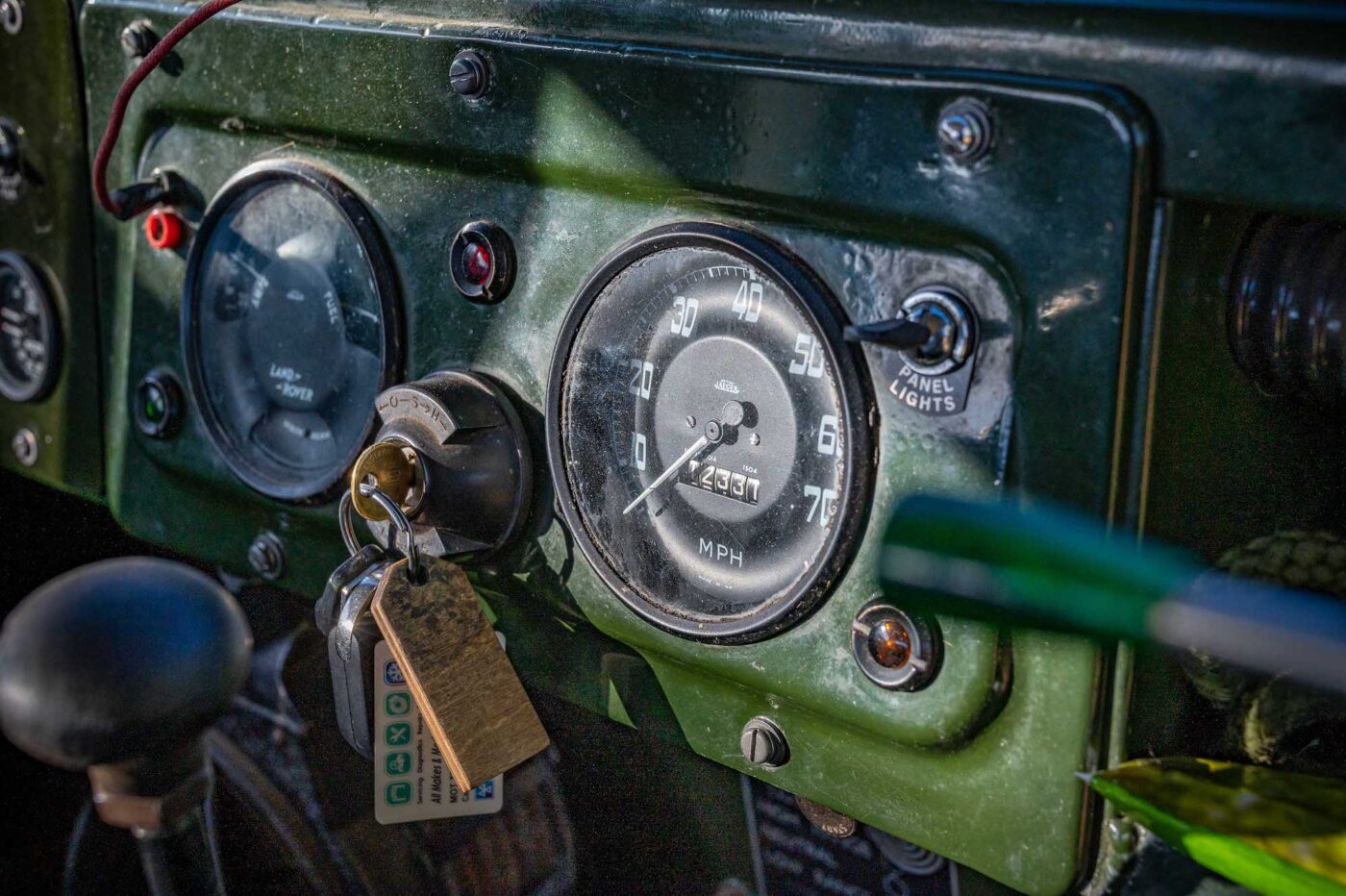
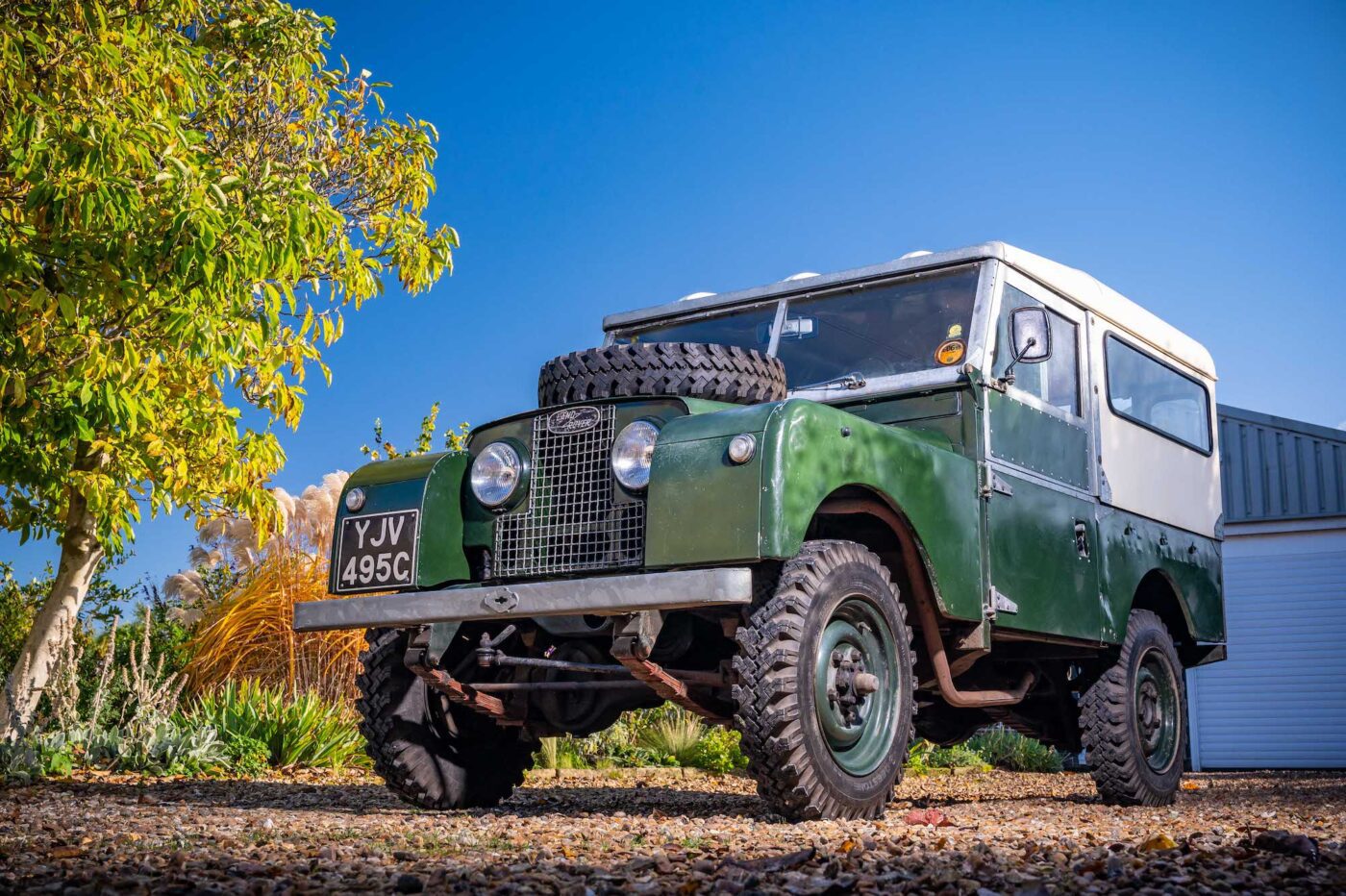
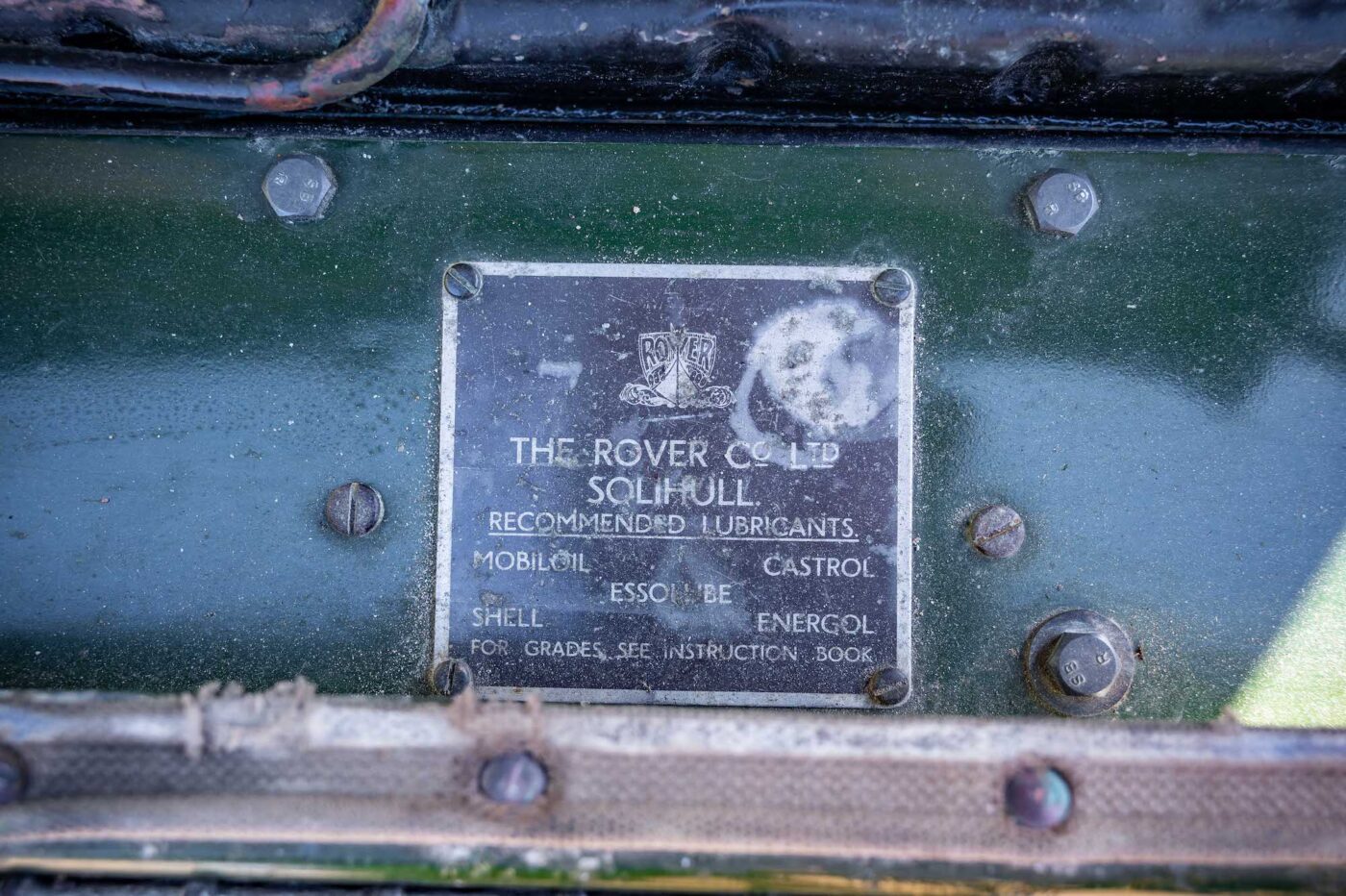
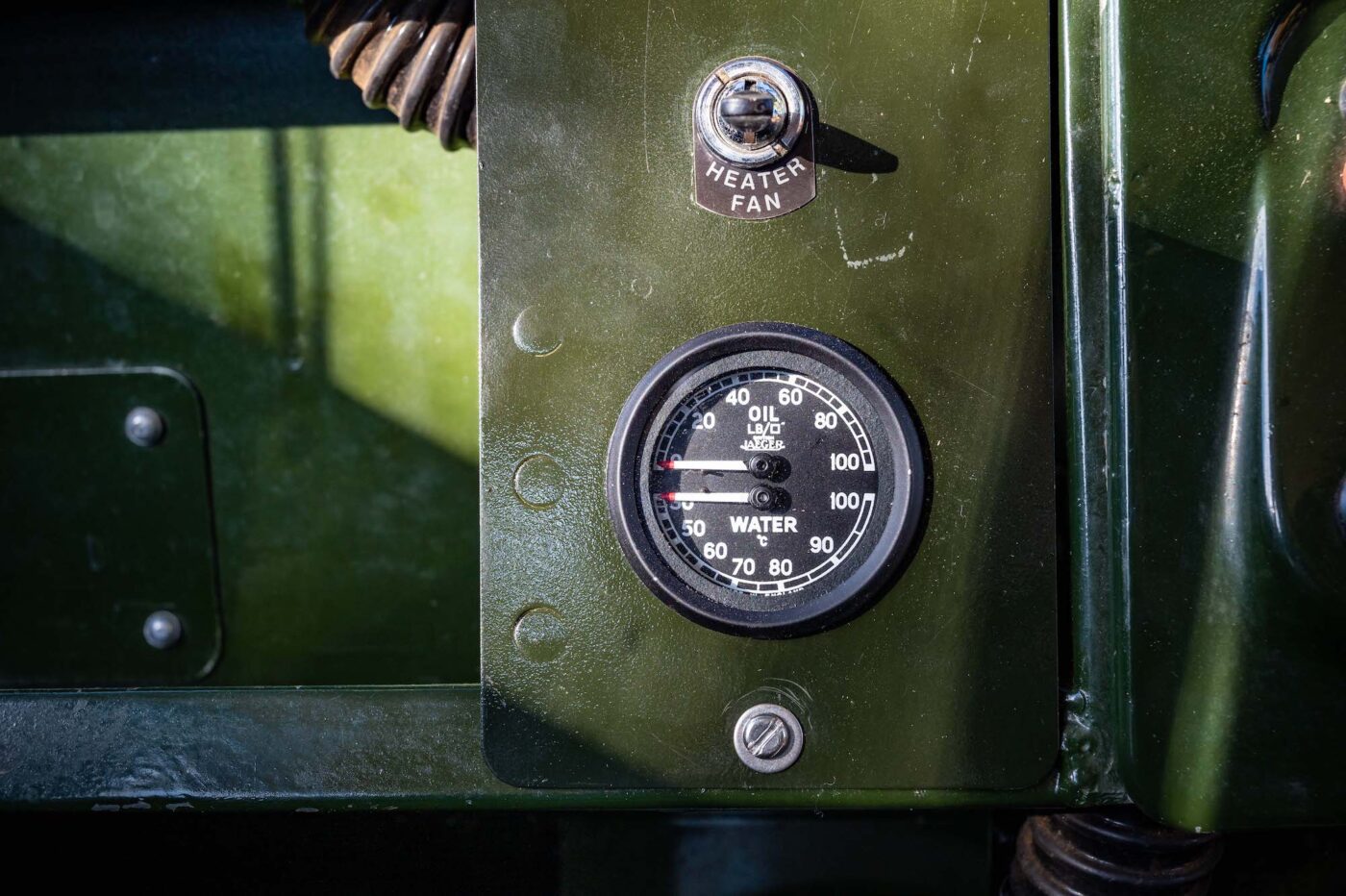
Pulling off the ferry in Oslo, “we had a complete and total disaster”.
“We hadn’t gone very far and there was this almighty bang under the bonnet and steam started to come out,” says Tim, 67.
“A fan blade had come off and gone through the radiator. It was one of the old welded fans and they were prone to fatigue – I didn’t know this.
“There was a certain degree of panic, but we found the Land Rover distributor in Oslo, who happened to have a Series I fan – a riveted one – and we bolted this on, repaired the radiator with Isopon and then loads and loads of Radweld. What else do you do?
“We then did 3,000 miles round Norway, and it didn’t leak!”
There was further drama when the convoy crossed the border from Finland into Norway, ignoring road signs written in a language they didn’t understand and passing an unmanned barrier pole en route to the Russian border.
“We looked across at Russia, and a couple of Norwegian squaddies looked at us, and then a helicopter appeared,” says Tim. “Then we came to a roadblock where they took our passports at gunpoint.
“After a while, a civilian policeman explained to us that we were in a NATO zone that was closed for military exercises.”
READ MORE ABOUT SOME OF OUR GREATEST CLASSIC CARS WITH

A series of articles on our Cult Classics site.
Two weeks into the month-long trip, Tim’s then girlfriend (and now wife) Angela joined him in the northern city of Tromso in the Arctic Circle for the journey south.
“I’d made an arrangement with her that ‘I will be at Tromso airport on such and such a day’,” he remembers. “I think her parents had said to her ‘are you sure about this?’ But she said ‘he’ll be there’, and at the appointed time, this battered old Land Rover was standing waiting for her at the airport.
“We then had two weeks driving down the Arctic Highway. It was marvellous.”
Tim first laid eyes on a Land Rover as a small child growing up in Wiltshire, where the local woodman used one to carry fire logs about.
Then as a teenager, he worked on a friend’s farm, driving tractors on the road on a provisional licence, and the farm’s Land Rover off-road.
“That’s where I got the Land Rover bug, driving them on the back slopes of the Cotswolds, which was idyllic looking back,” he says.
He studied geography at university in Portsmouth, followed by a doctorate in geomorphology (the study of land evolution) in Nottingham, where he got paid work as a demonstrator, which involved driving undergraduates all over the country in a minibus on field trips.
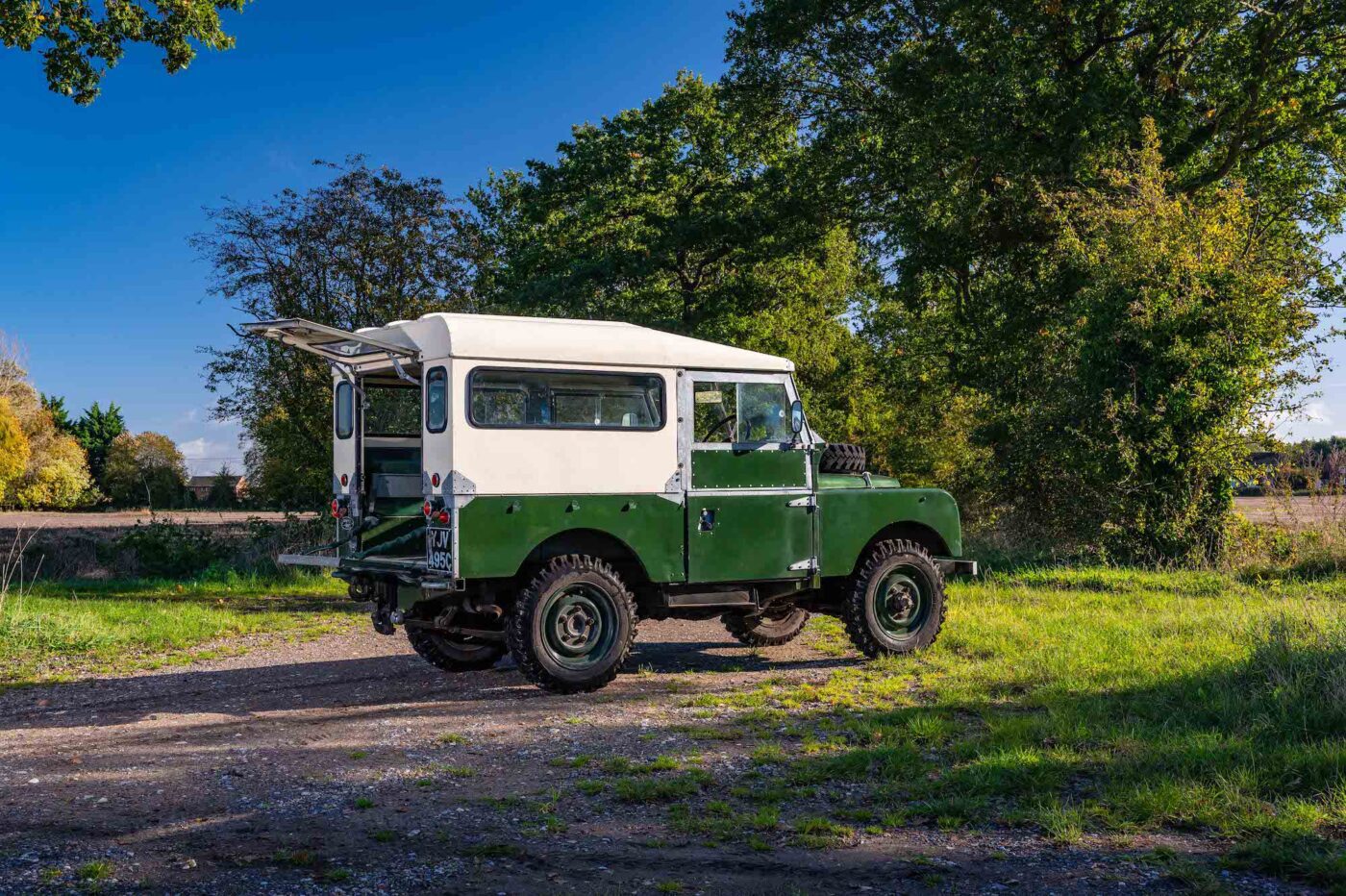
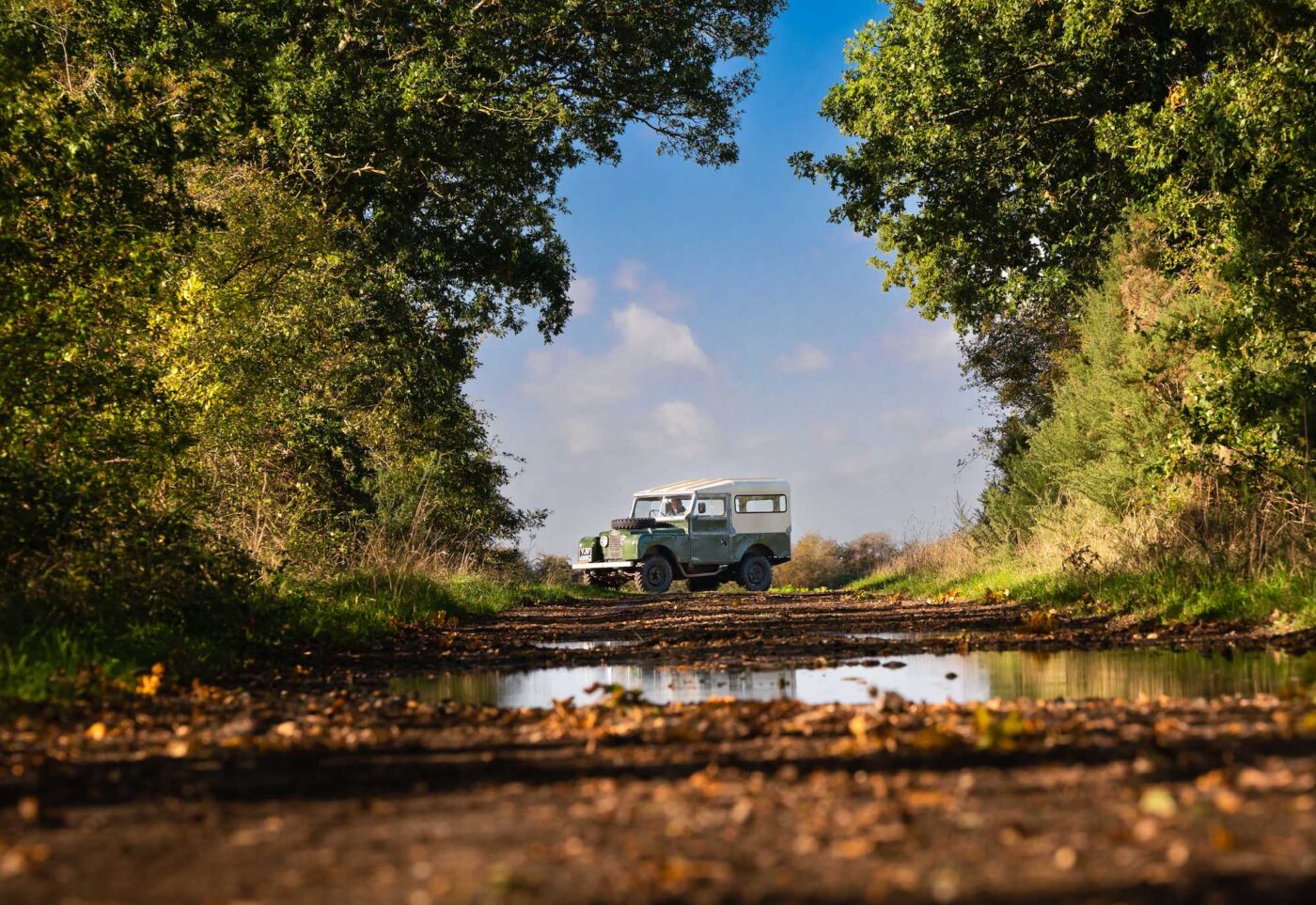
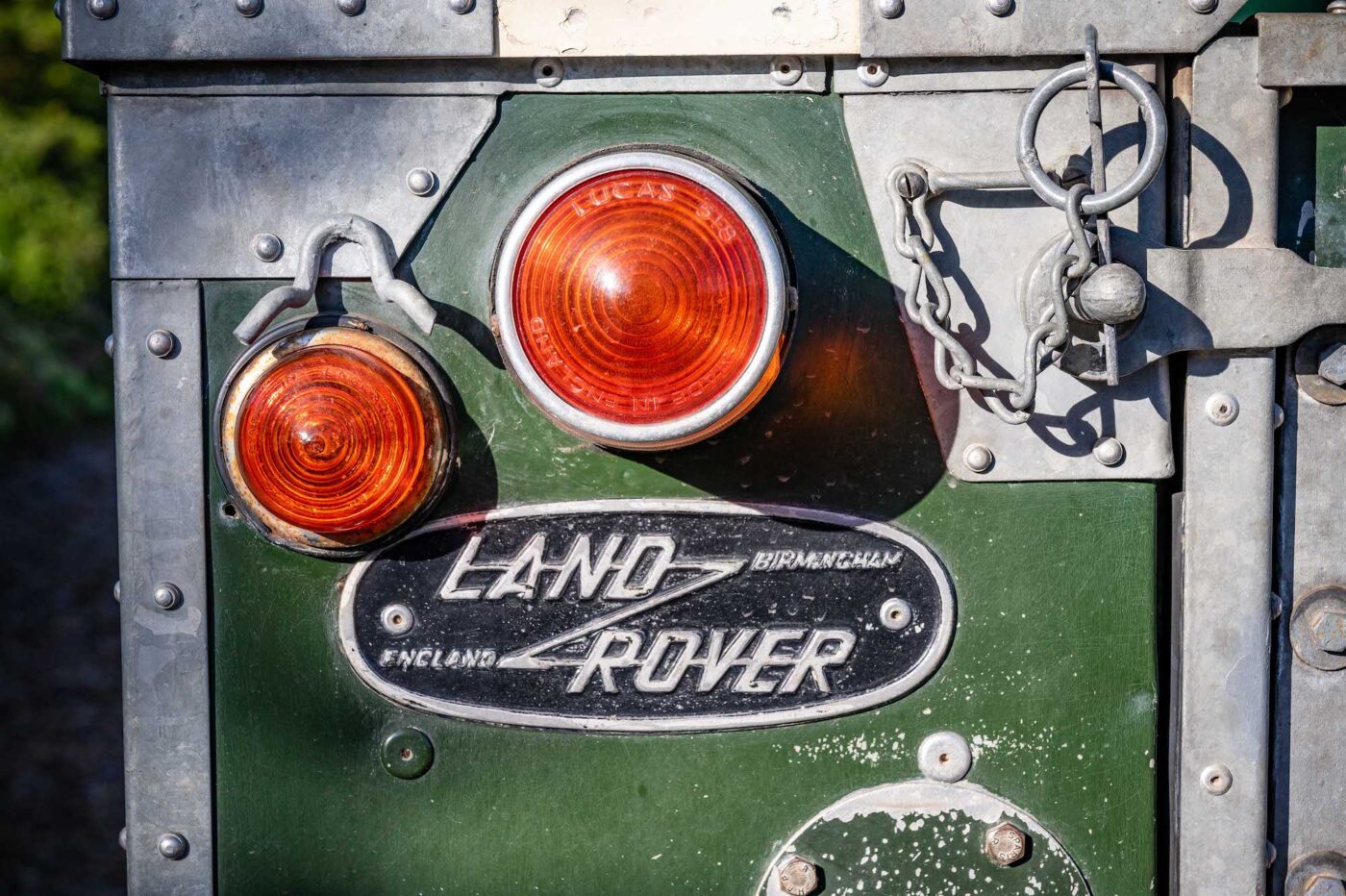
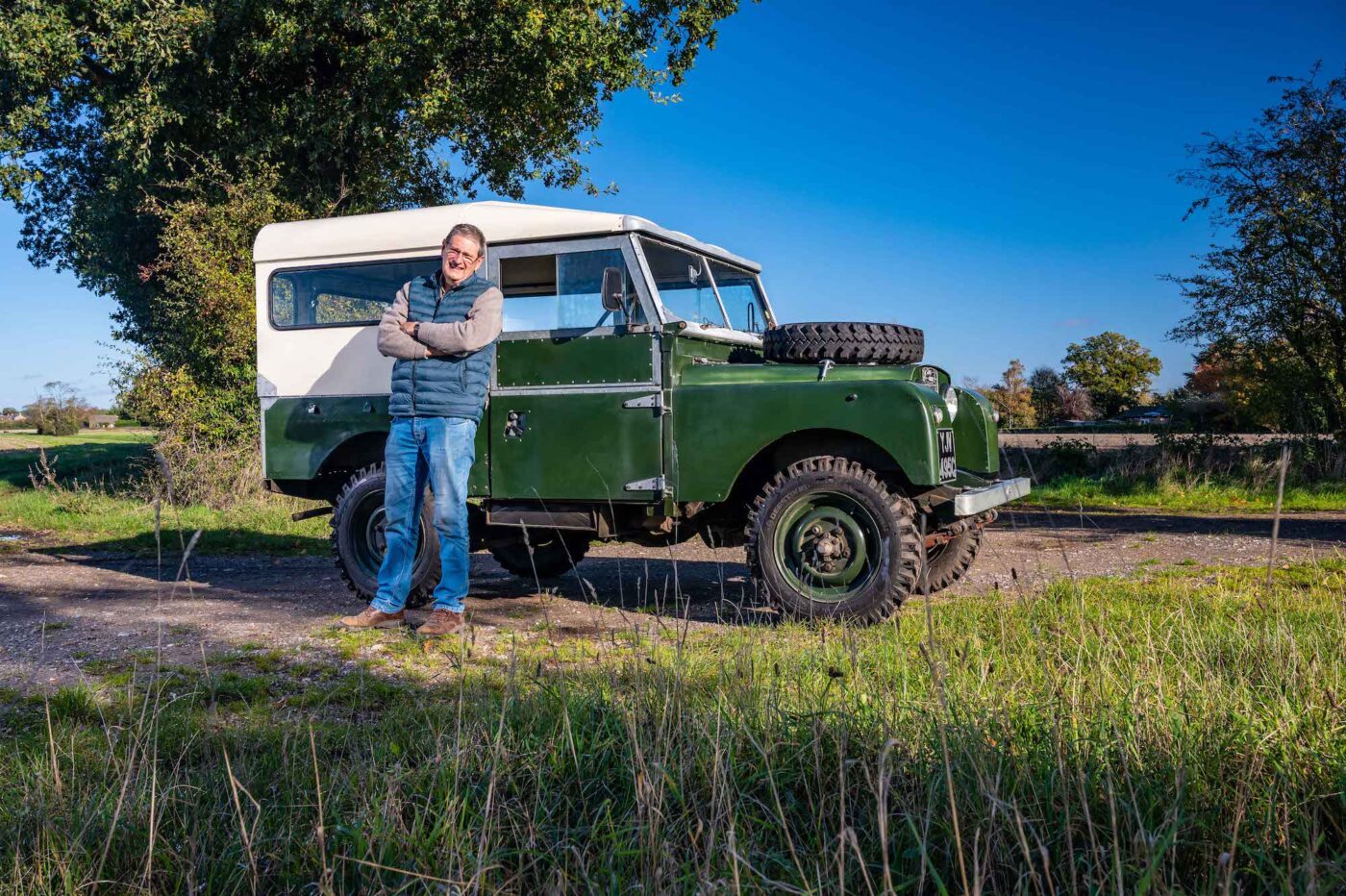
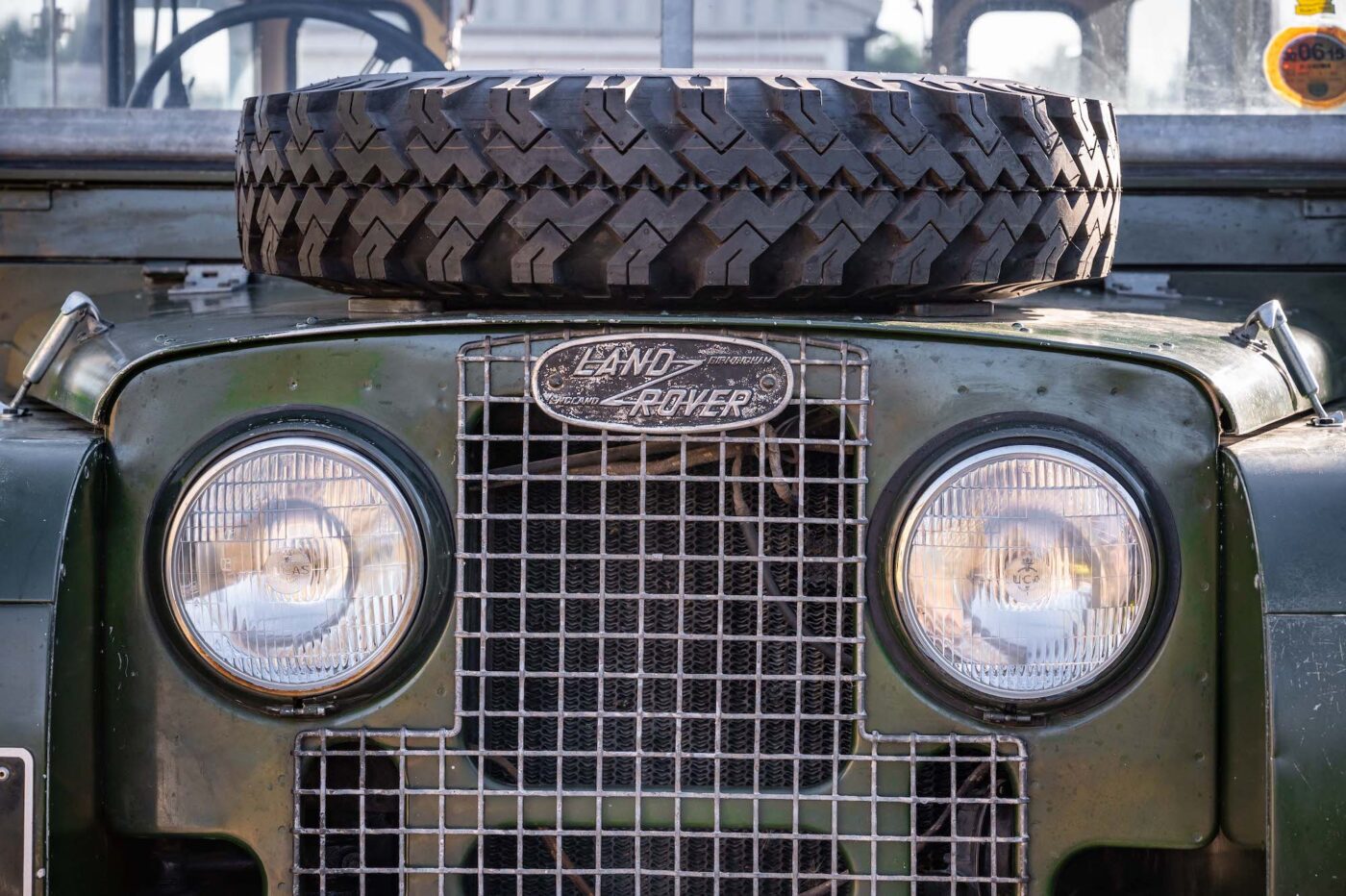
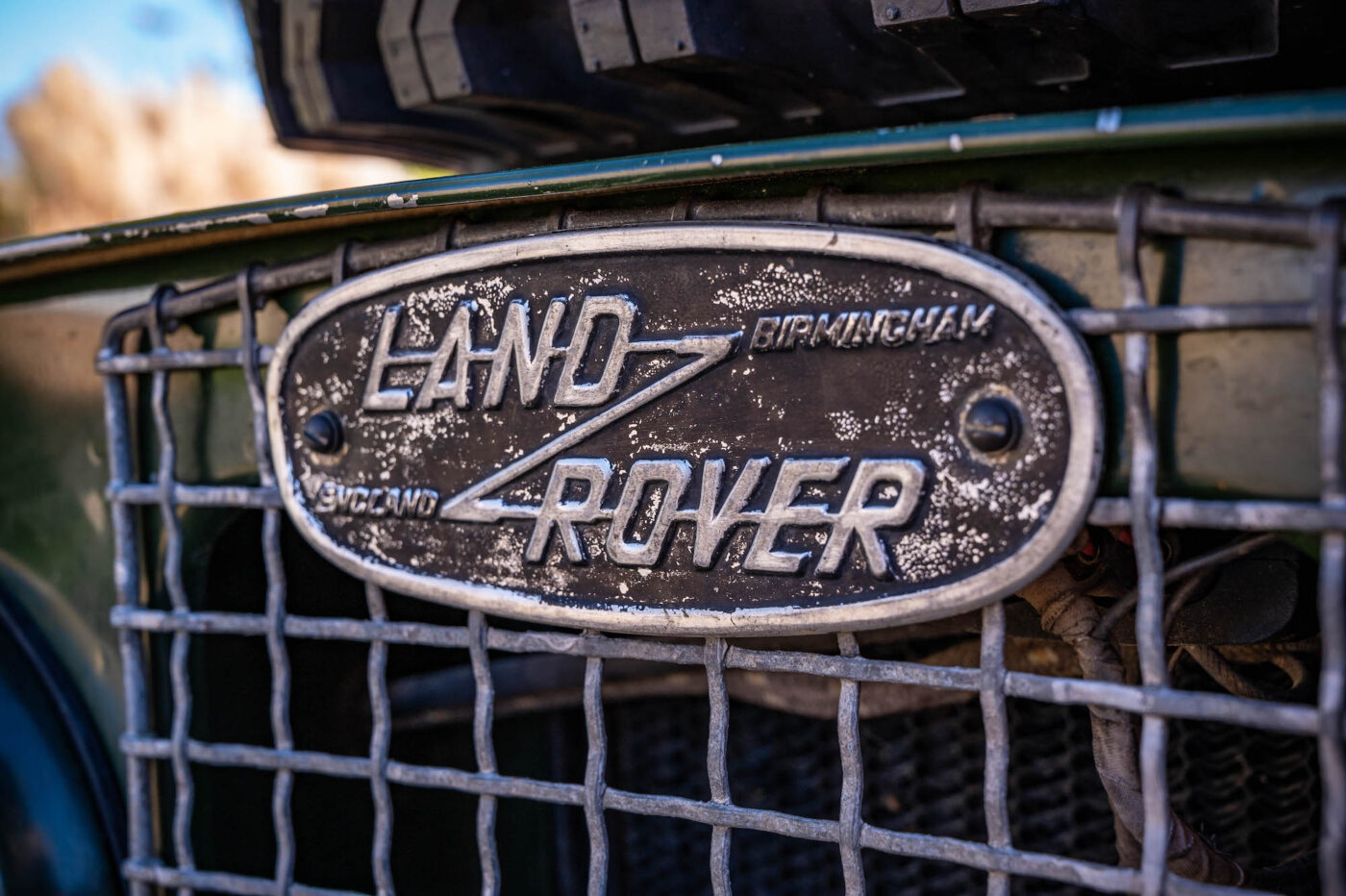
After years of cycling and using public transport, the work helped Tim finally pay for his own car a couple of weeks shy of his 24th birthday.
“I knew what I wanted, and a Series I Land Rover came up for sale in Bestwood, Nottinghamshire,” he says. “I cycled up there and took a good look at it and thought ‘what could possibly go wrong?’.
“It had a full MoT and it went, even though it looked pretty ropey. It was dark blue, and they’d slobbered the paint over all the cappings and all sorts. It looked like it had been painted on a beach in the wind, because there was sand stuck in all the paintwork.
“The seats were original, but they were all very old and green.”
Despite its appearance, Tim immediately fell in love with the old vehicle.
“I loved it, because I’d never really been captivated by flash cars and this seemed intensely practical, and incredibly reliable,” he says, the vehicle still plugging on despite the “total and unmitigated disaster” of a cracked block.
“It had more mayonnaise than oil, and it was obviously a disaster waiting to happen, but it never happened. It just kept going, like they do.
81.5% of customers could get a cheaper quote over the phone
Protect your car with tailor-made classic car insurance, including agreed value cover and discounts for limited mileage and owners club discounts

“Practically every component in the transmission was howling, but they can go on for years like that.”
The water in the oil was clearly a problem, so later that year he had a new engine put in by Land Rover specialist Stafford Dovey.
The replacement engine was a correct, 1997cc Series I unit from later in 1955, and has since covered more than 180,000 miles.
A new gearbox followed, plus a Bearmach Toro overdrive to improve fuel economy and quieten things down a bit on longer runs.
Tim also repainted the Series I with a “low-grade domestic spray gun”, which lasted until the major rebuild in 2005.
He joined the Essex Land Rover Club and the Land Rover Series One Club, and took to the quarries and gravel pits of East Anglia on road taxed vehicle (RTV) off-road trials, as well as green laning.
“The idea was that you could do the trial at the weekend and the vehicle would then still be capable of being driven on the Monday, which is what I used to have to do because it was my only car,” he says.
“It was great fun but, in my case, I was always very conscious that I would not want to do anything that meant on Monday morning I could not get to work.
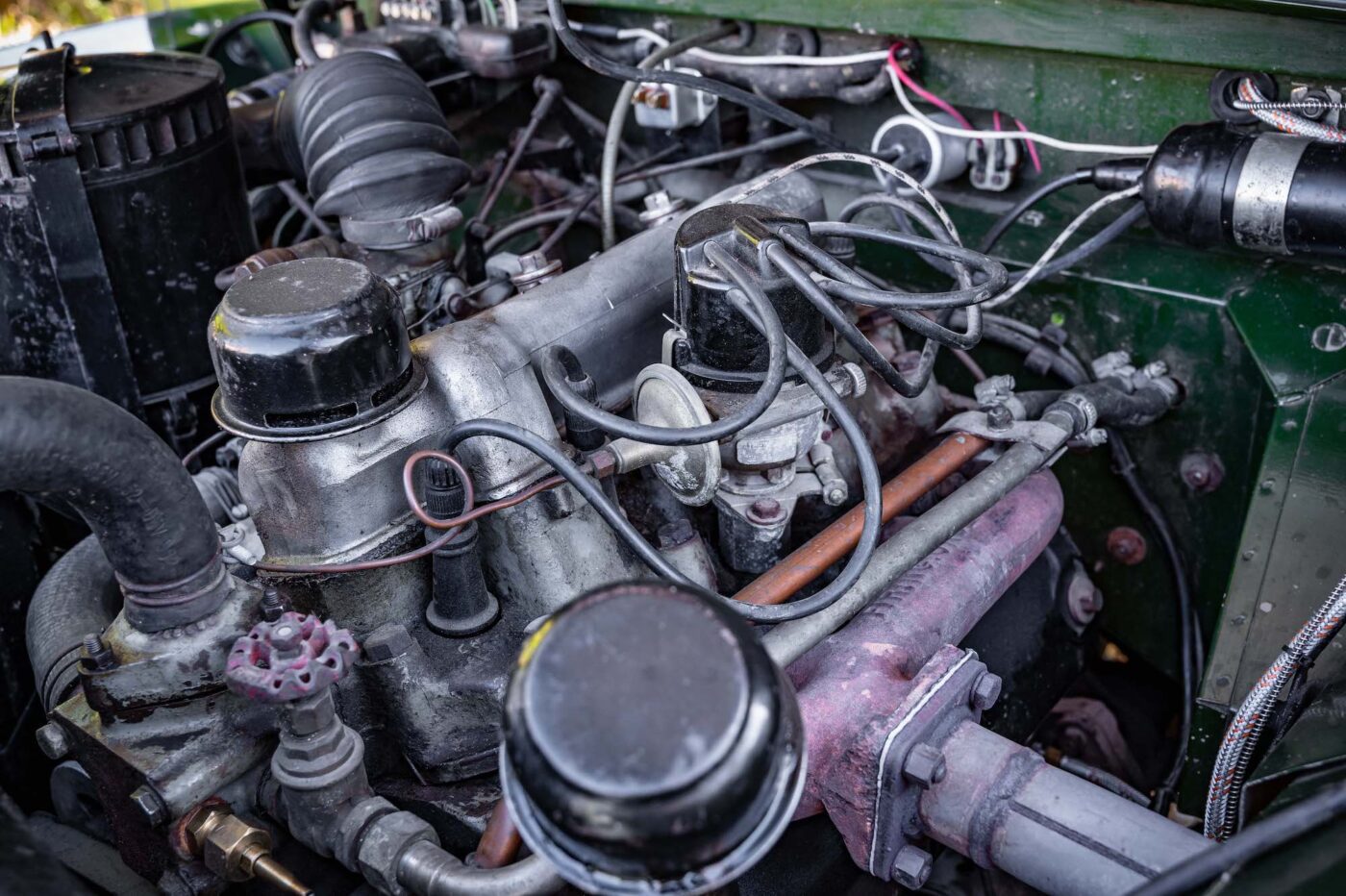
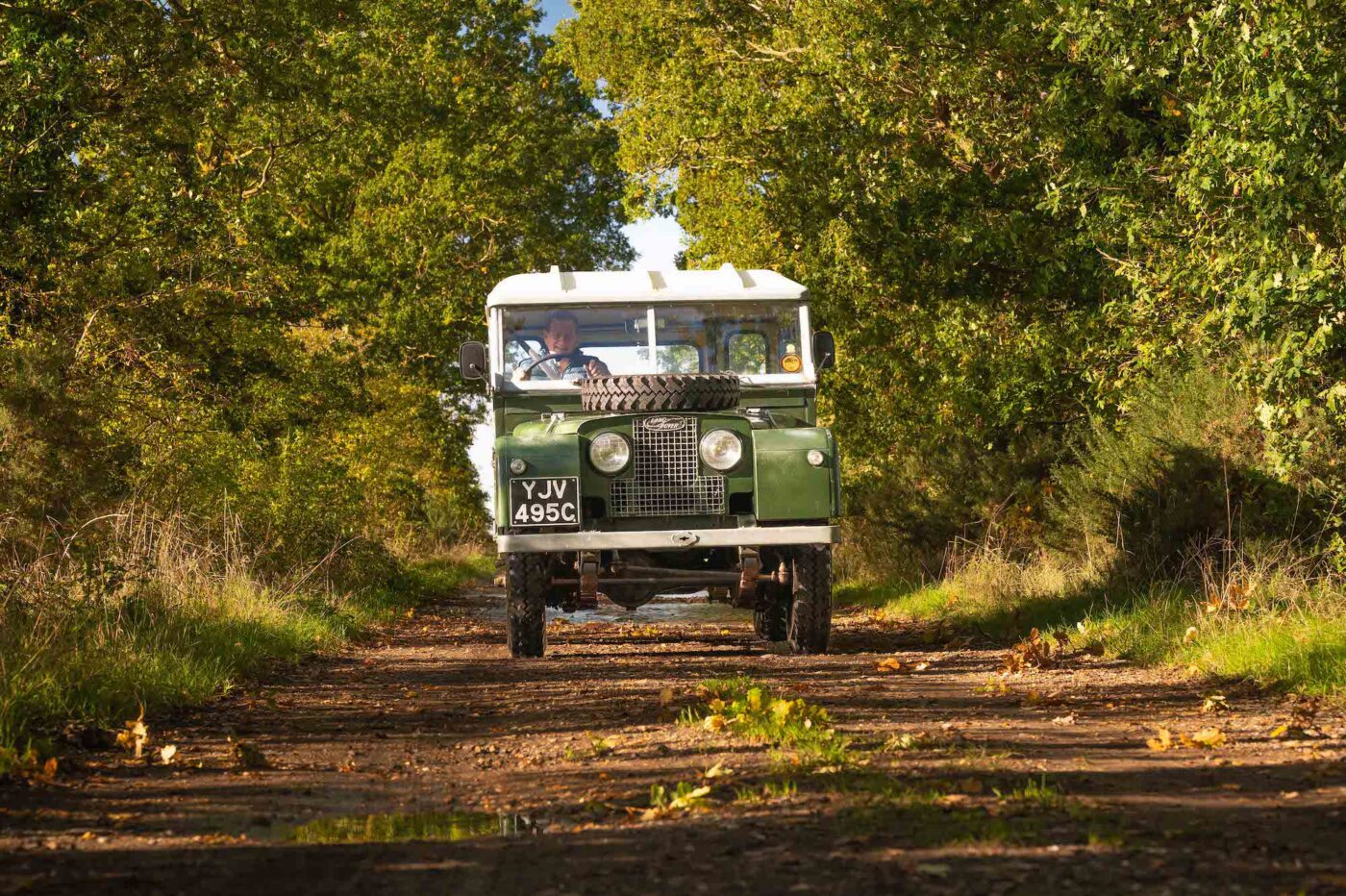
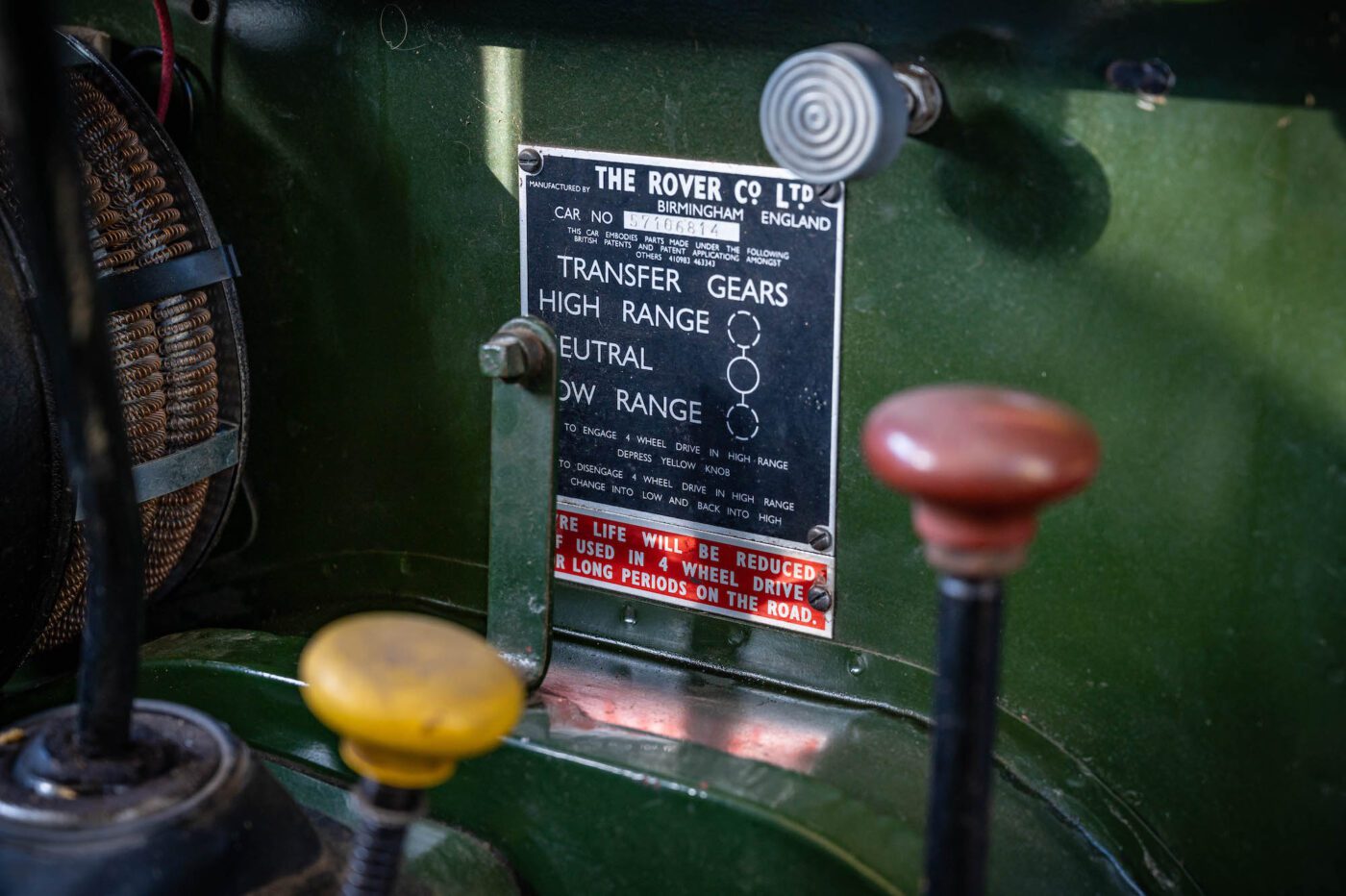
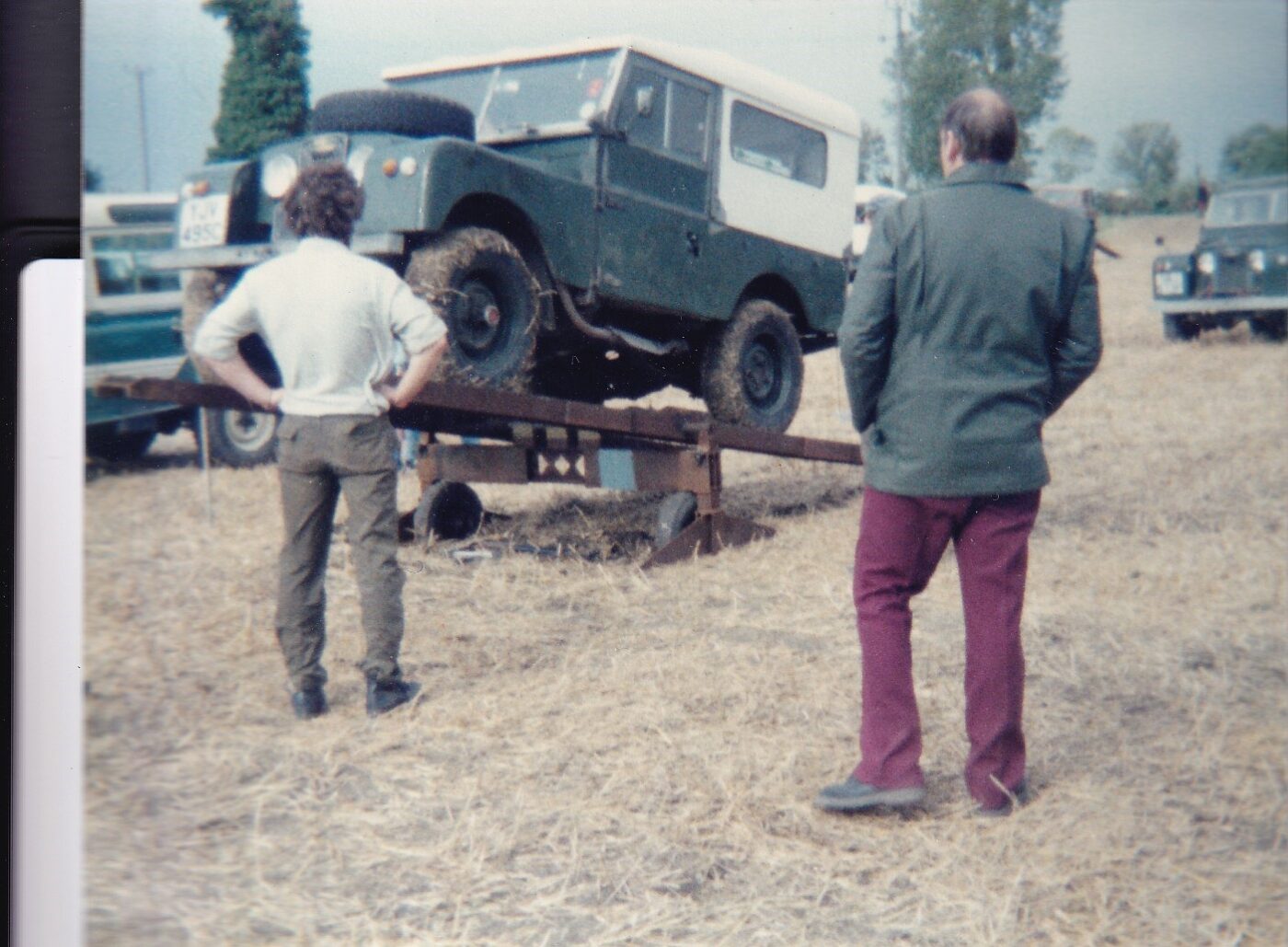
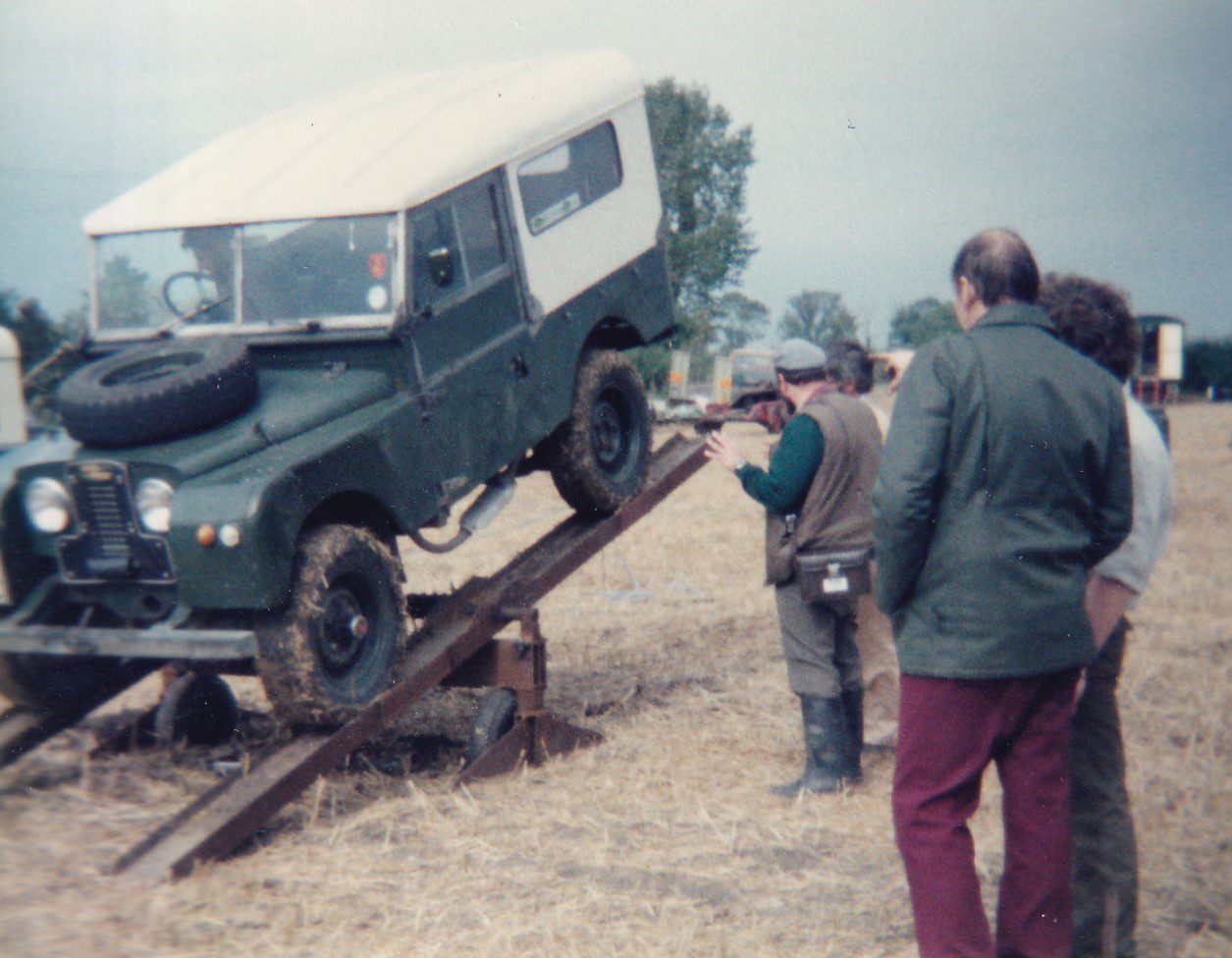
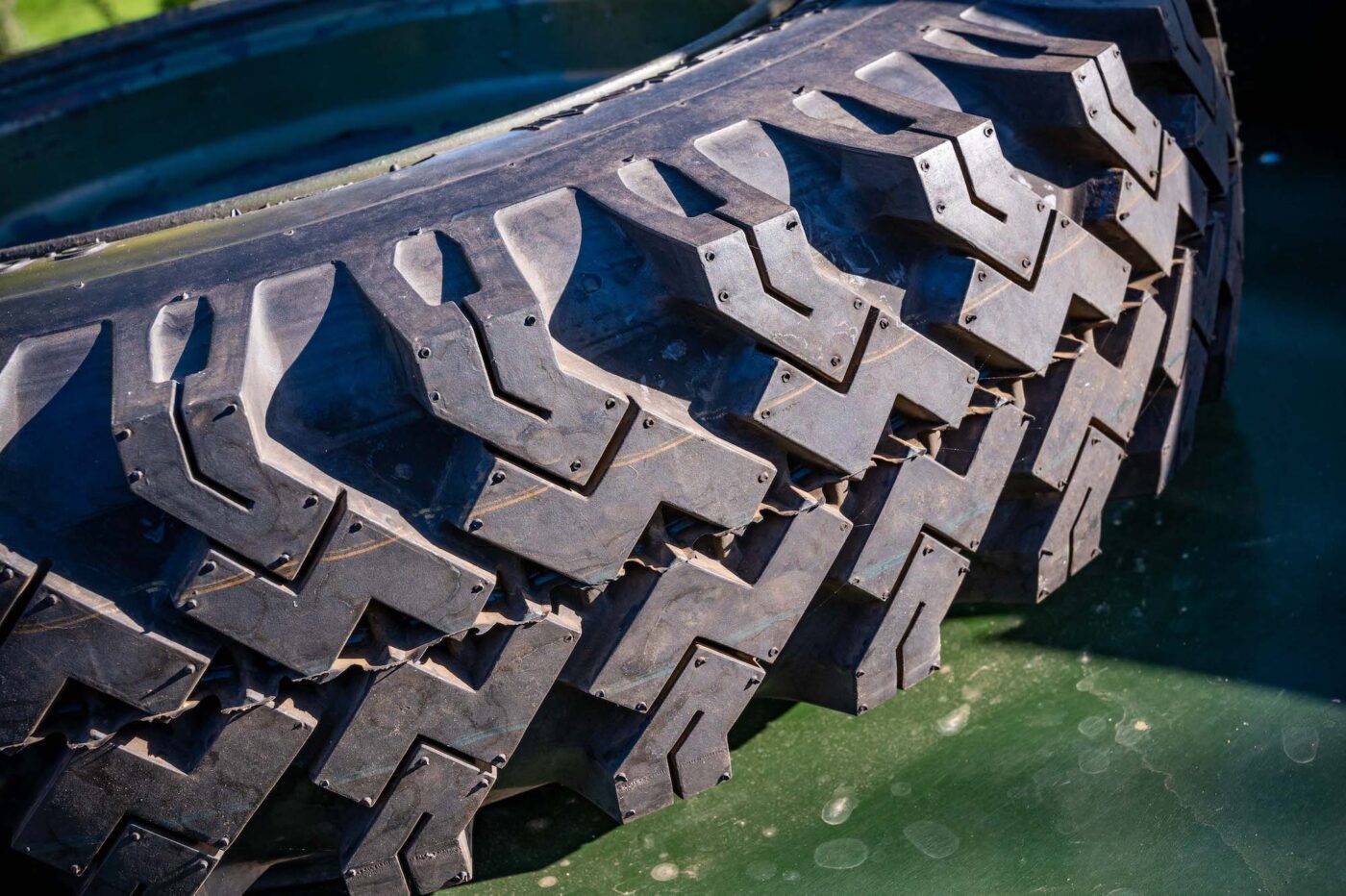
“There was a lime quarry at Wicken that had a lot of chalk in it, so the vehicle used to come back covered in this white sort of sludge, which was a devil of a job to get off.”
Tim, Staff and friends would also take part in local shows and ploughing matches in the summer, driving their Land Rovers over railways sleepers and giant see-saws (pictured).
In the early days, there were also regular trips down to see Tim’s parents in Wiltshire form Nottinghamshire and, later, Cambridge where he worked in IT.
“It was 140 miles each way, and I suppose it was tiring, but I always used to enjoy it,” he says. “I know there are some people who are…odd, and I’m probably one of them, but it never worried me. It just took a long time!
“I used to go cross country – you wouldn’t take it on the motorway, you’d be mad. You’d get run down by a truck in five minutes.”
The Land Rover also played a part in Tim meeting Angela, the pair introduced by Staff’s partner, who worked with Angela.
“One day I was over in Staff’s workshops – I used to do odd jobs over there and build up some credits for more work on the Land Rover,” says Tim.
READ MORE ABOUT SOME OF OUR GREATEST CLASSIC CARS WITH

A series of articles on our Cult Classics site.
“It was in the summer, I was in shorts and had oil all over me, and this lovely young woman turned up for late afternoon tea in her tennis gear. I thought ‘oh dear, I haven’t made a very good impression here’. I thought ‘she’s out of my league’, but a year later she obviously got fed up of waiting for me and invited me to a ceilidh.
“In the spring we went off-roading in Wales (pictured) with a group of friends – that was a bit wild.
“So we met because of the Land Rover, and I don’t think she’s ever held it against me.”
The couple married in 1987, with daughters Virginia (Ginny) and Harriett (Hetti) coming along in 1989 and 1992 respectively.
Seat belts were added to accommodate a child car seat, with Tim building “a contraption out of Dexion in the back” when Hetti arrived.
Family holidays in the Series I followed, from Scotland (pictured) to the Norfolk Broads, and it was pressed into service to take the children for various extracurricular activities.
But eventually, time caught up with the old workhorse, and by 2005 it had become “almost unbelievably shabby”.
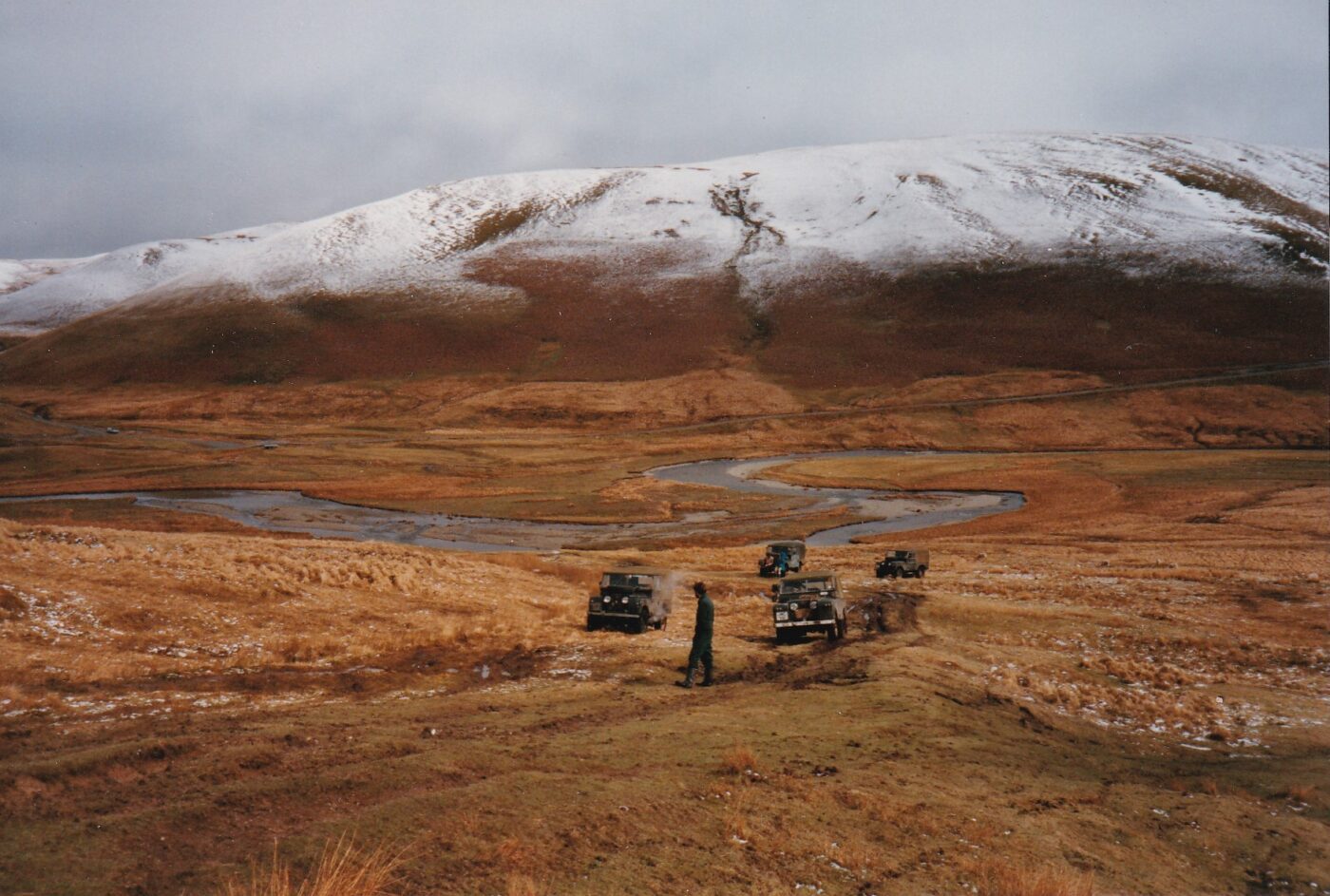
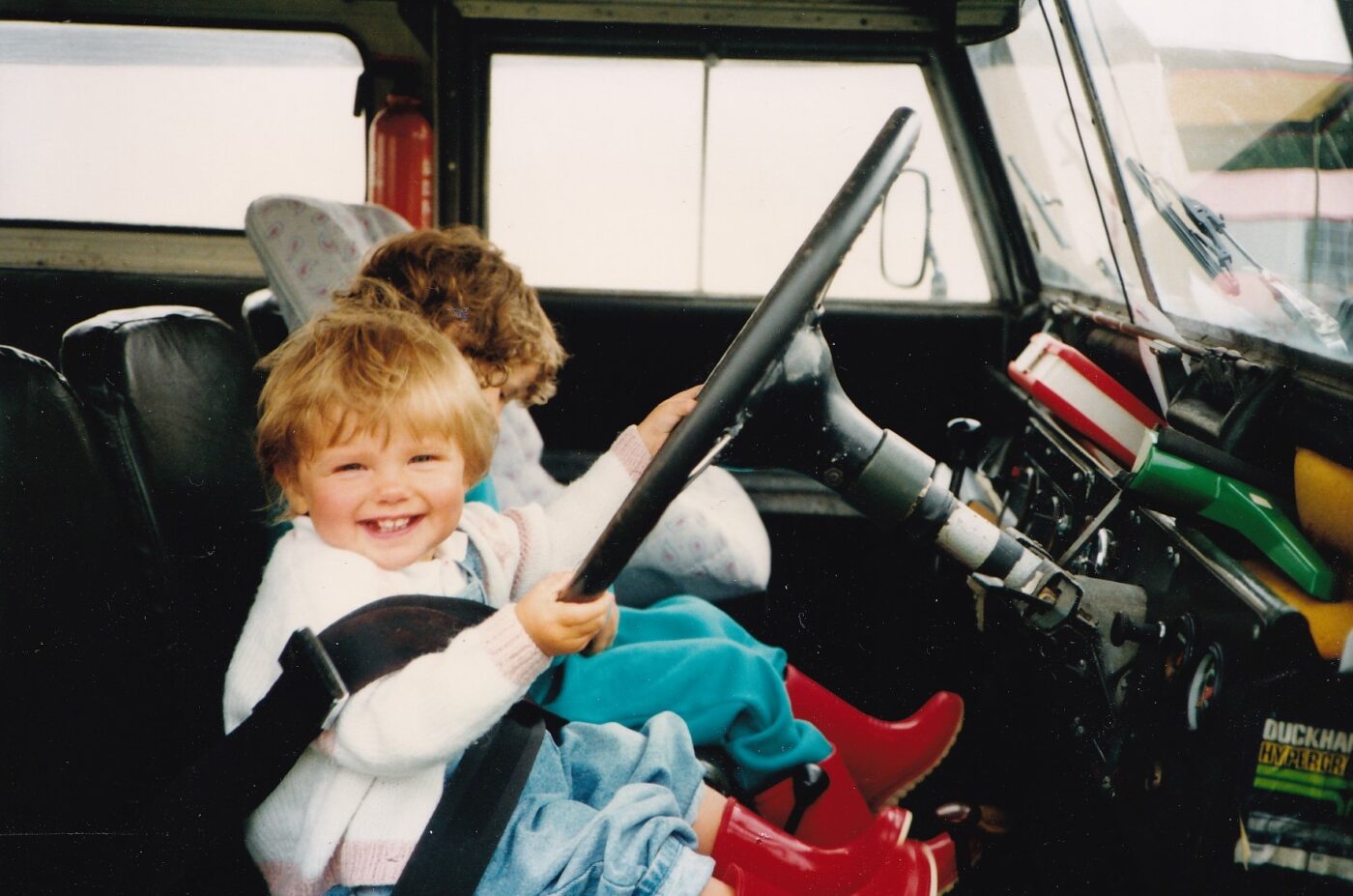
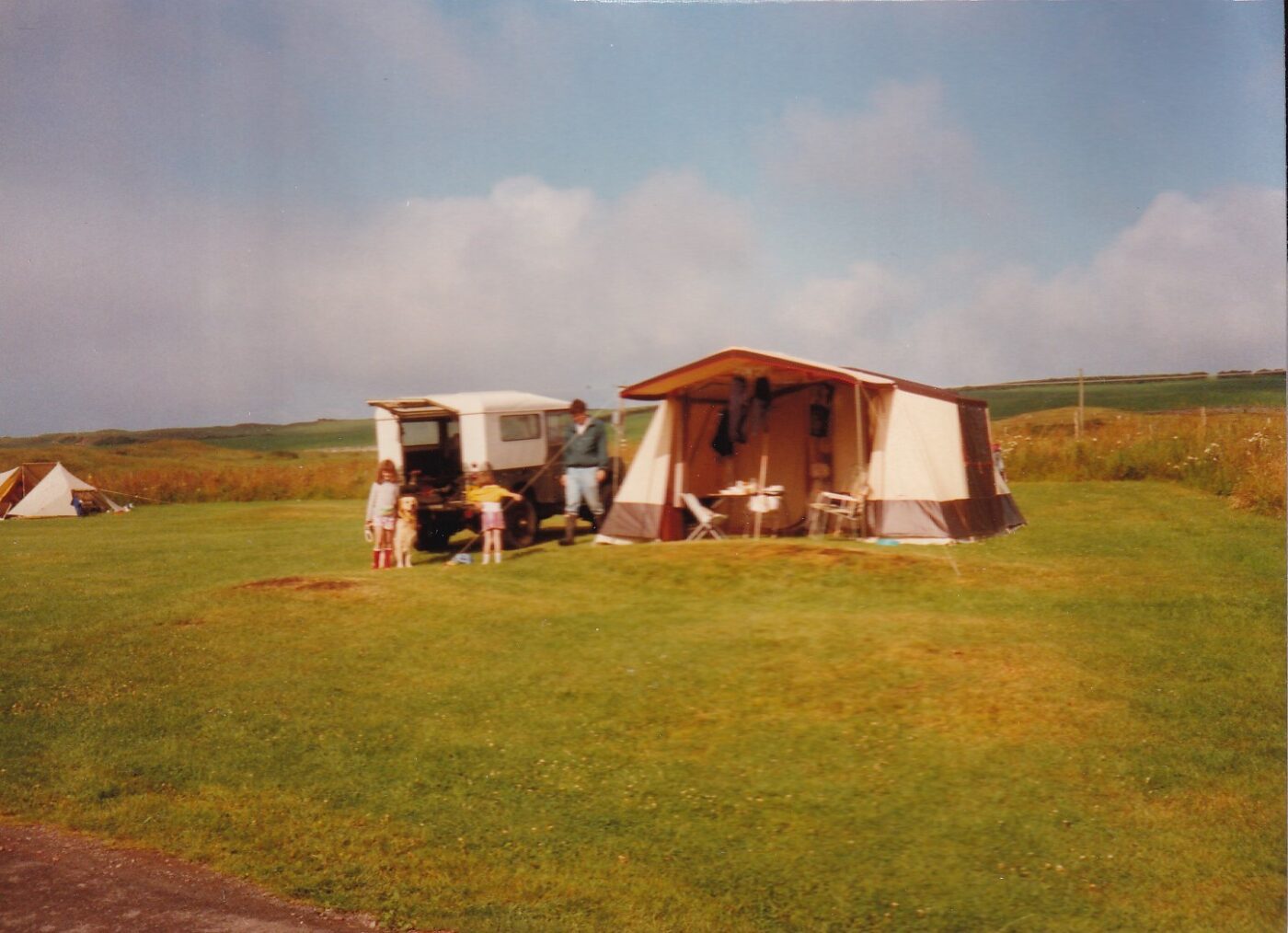
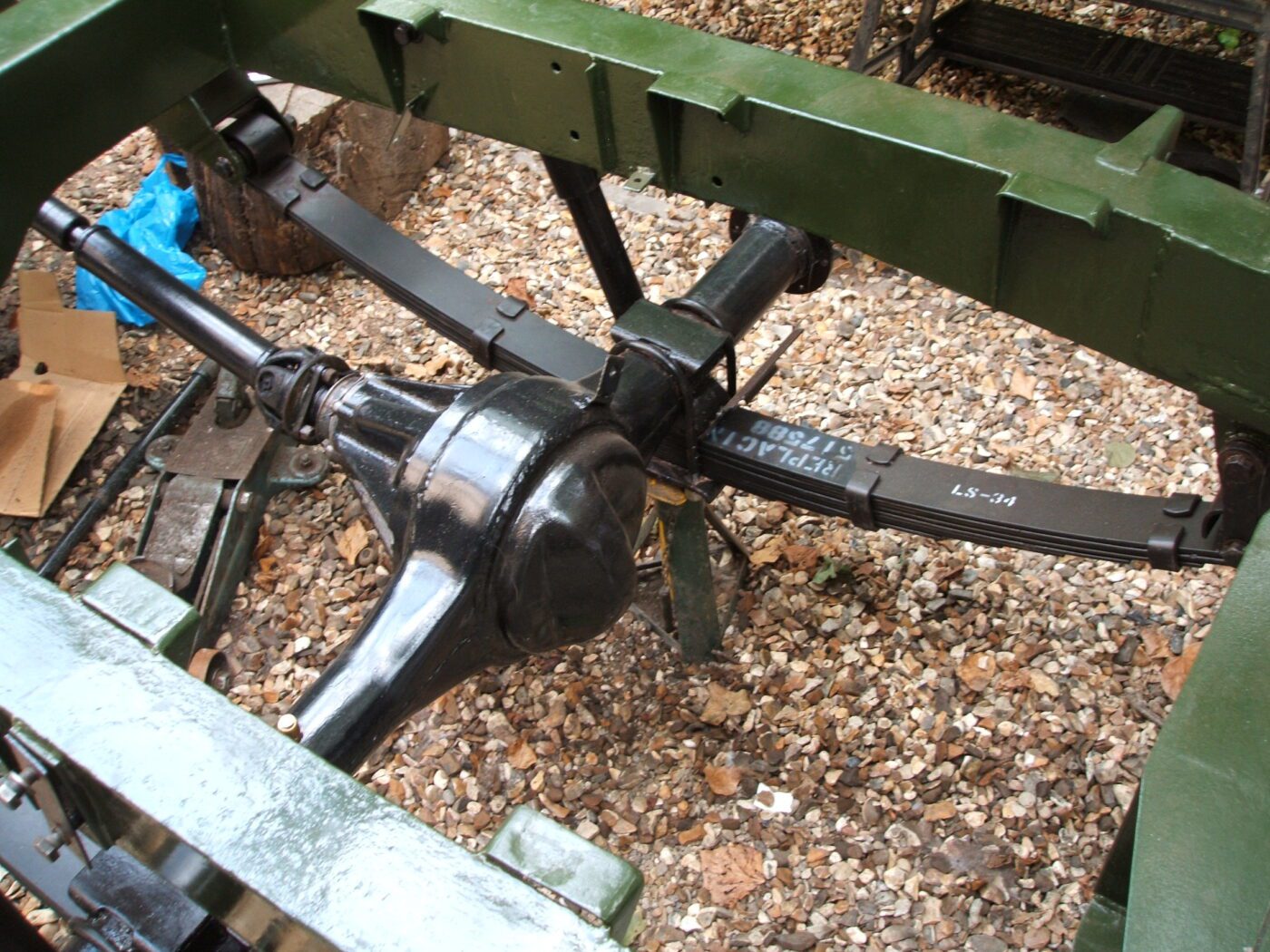
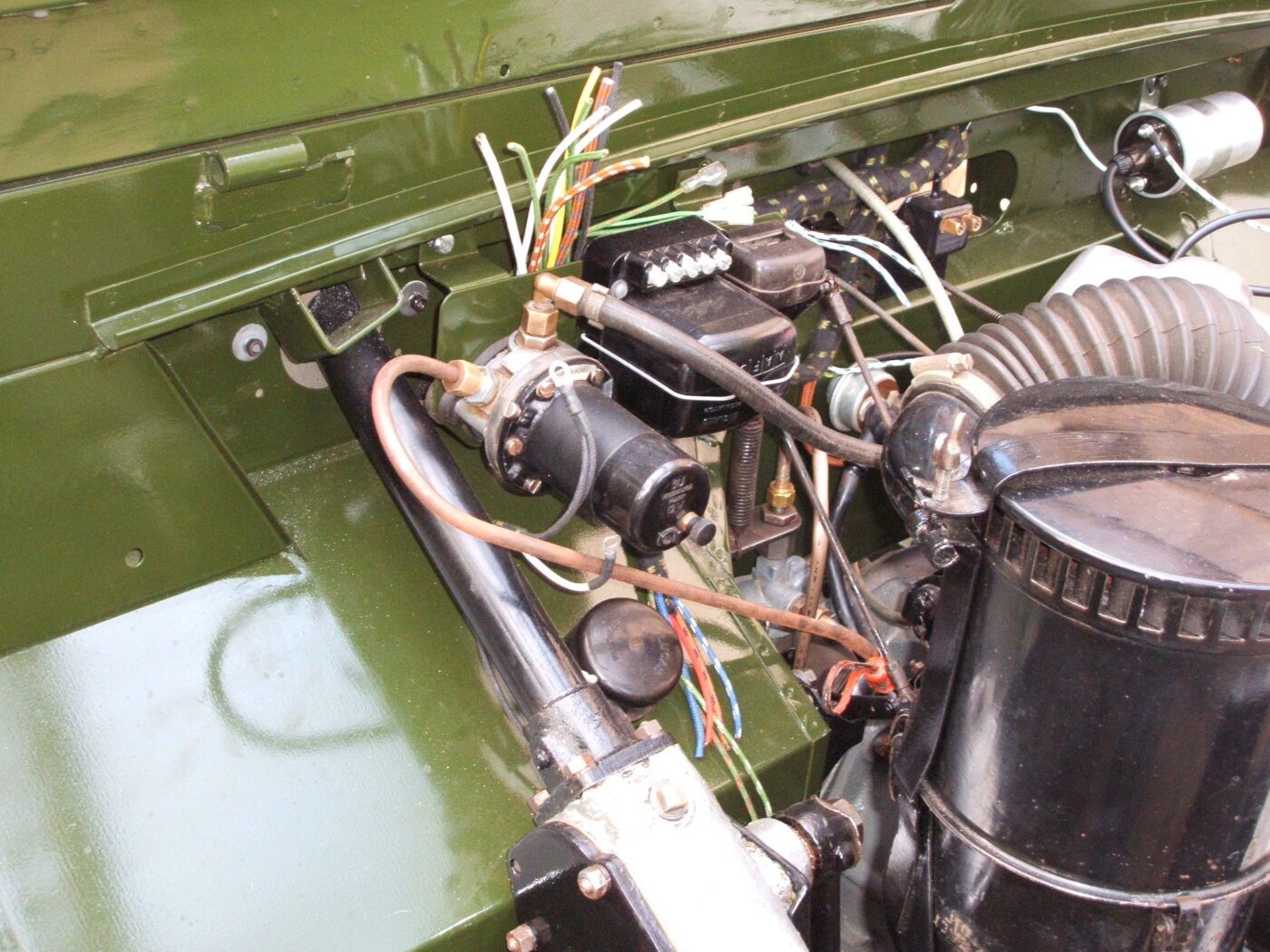
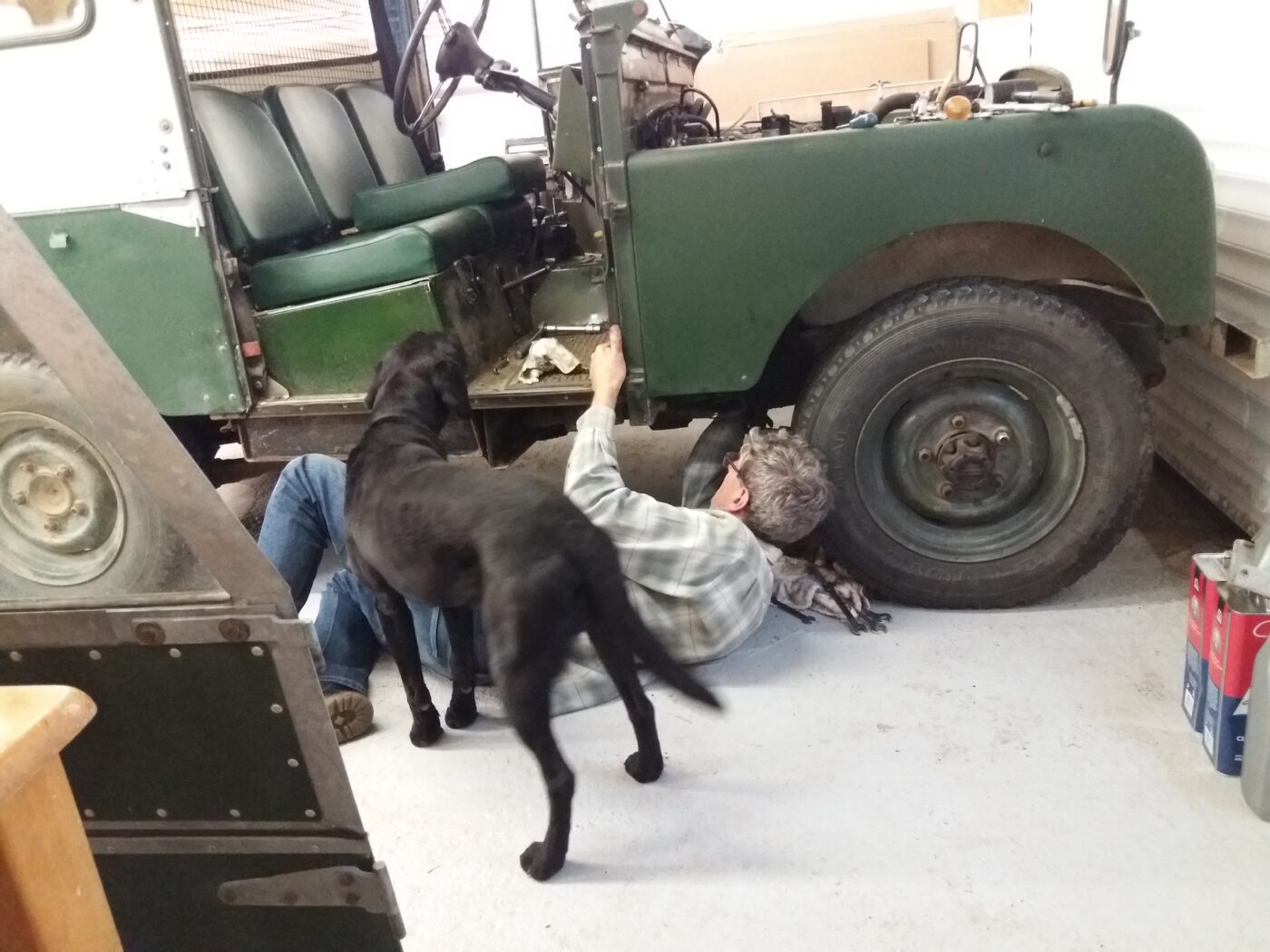
“It was never cosseted – it worked,” says Tim, “and it had got to the point where neither of us trusted it to really do very much – it needed some attention, but we’d been through the mortgage and the growing up children thing, so there was never any money.
“The electrics were shot, and the hub seals were going so there were constant problems with oil getting on the brakes. It was worn out, which was no surprise given I did 18,000 miles in it the year we went round Norway alone.
“It just hung around as a family pet, standing outside.”
Rather than sell up (“oh no, why would you do that?”), Tim set to work on a full rebuild.
“Originally, I planned to do the work myself to get it to a point where it was reliable again,” he says, “but of course as soon as you start dismantling a vehicle of that age you find things you wished you hadn’t.
“One thing I hadn’t foreseen, and which was a right pain, was that there was so much corrosion in the rear body tub underneath – the salt had done its work.
“The bearers that support the rear floor fell apart when I took them off.”
At the time, replacements were unavailable for the Series I, but they were very similar to Series II bearers.
“So I went to a scrapyard and got some, shaped the ends so they fitted, and they all went with all the other galvanised bits to a galvanisers in Rayleigh in Essex, and they’ve been good ever since,” he says.
“There was also corrosion in the aluminium, so for a consideration of, I think, about £150 Ivor Searle in Soham welded some patches into the rear, which were all in the places it was fixed to the chassis where two different metals had worked against each other. I dressed it up with an angle grinder, and it’s safe, it’s strong.”
A reproduction bulkhead came from Radford’s, while Tim fitted one new outer front wing and two inner wings, plus two new door skins.
Front and rear axles were rebuilt, rusty brake parts swapped for new parts, and the tailgate, which was beyond repair, swapped for a new panel from Wadsworth’s.
The tired upholstery was replaced by Exmoor Trim, and Tim resprayed the vehicle in New Holland ‘Land Rover Green’, which cost £9 a litre from a local agricultural supplier.
“By the time I’d finished, I think I’d spent about £4,500 on it, plus the bits you never count because you lose track,” he says.
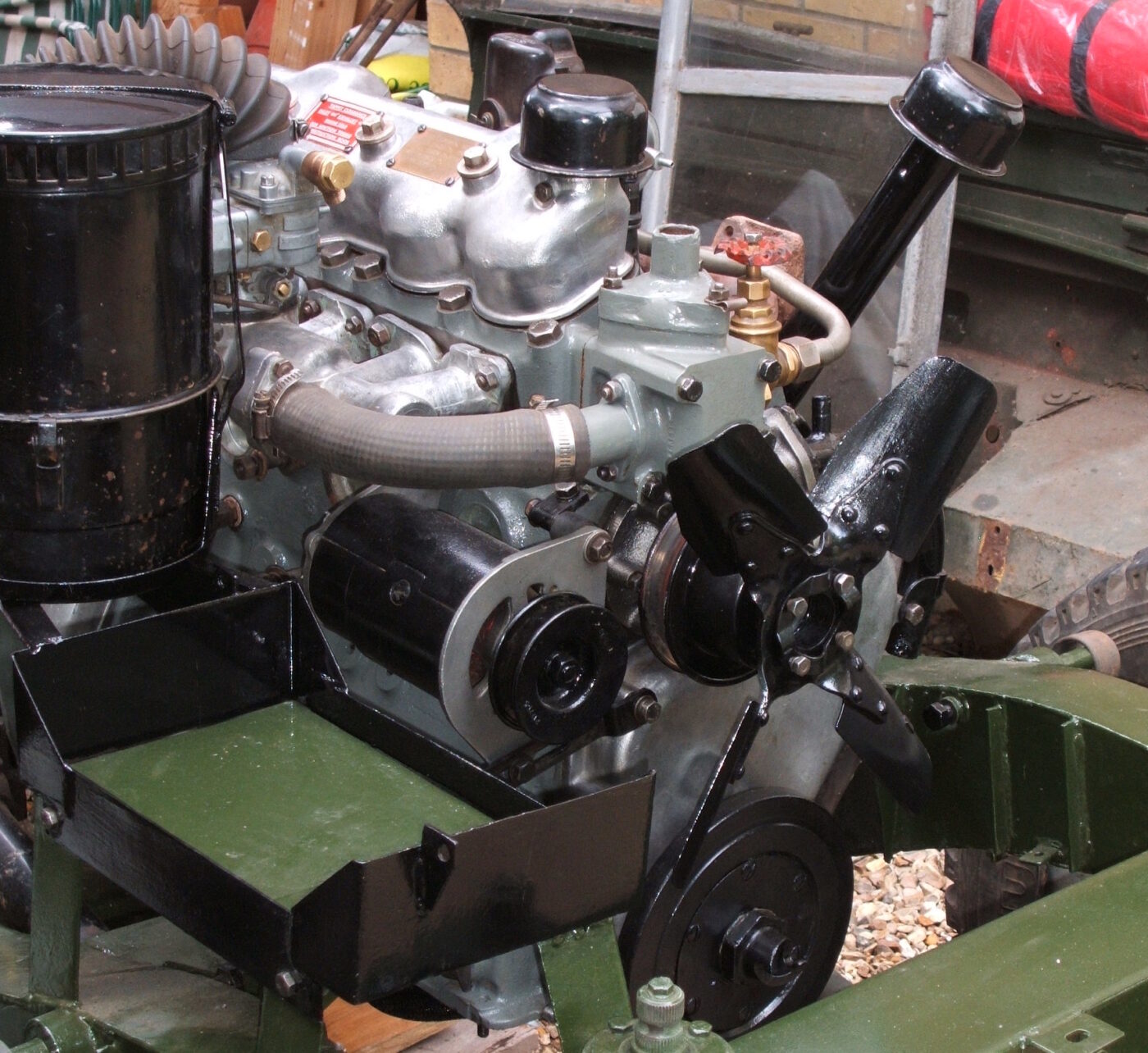
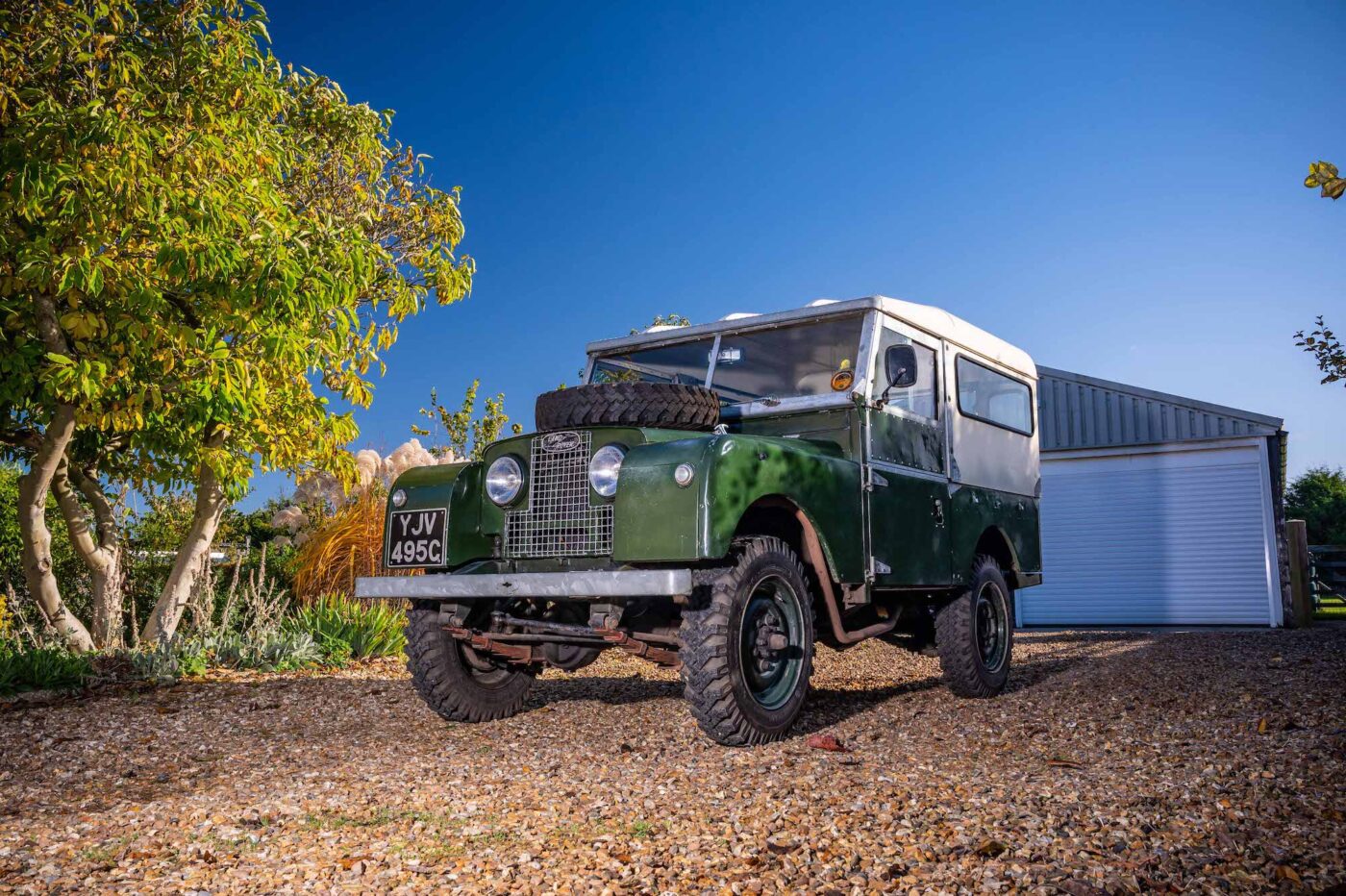
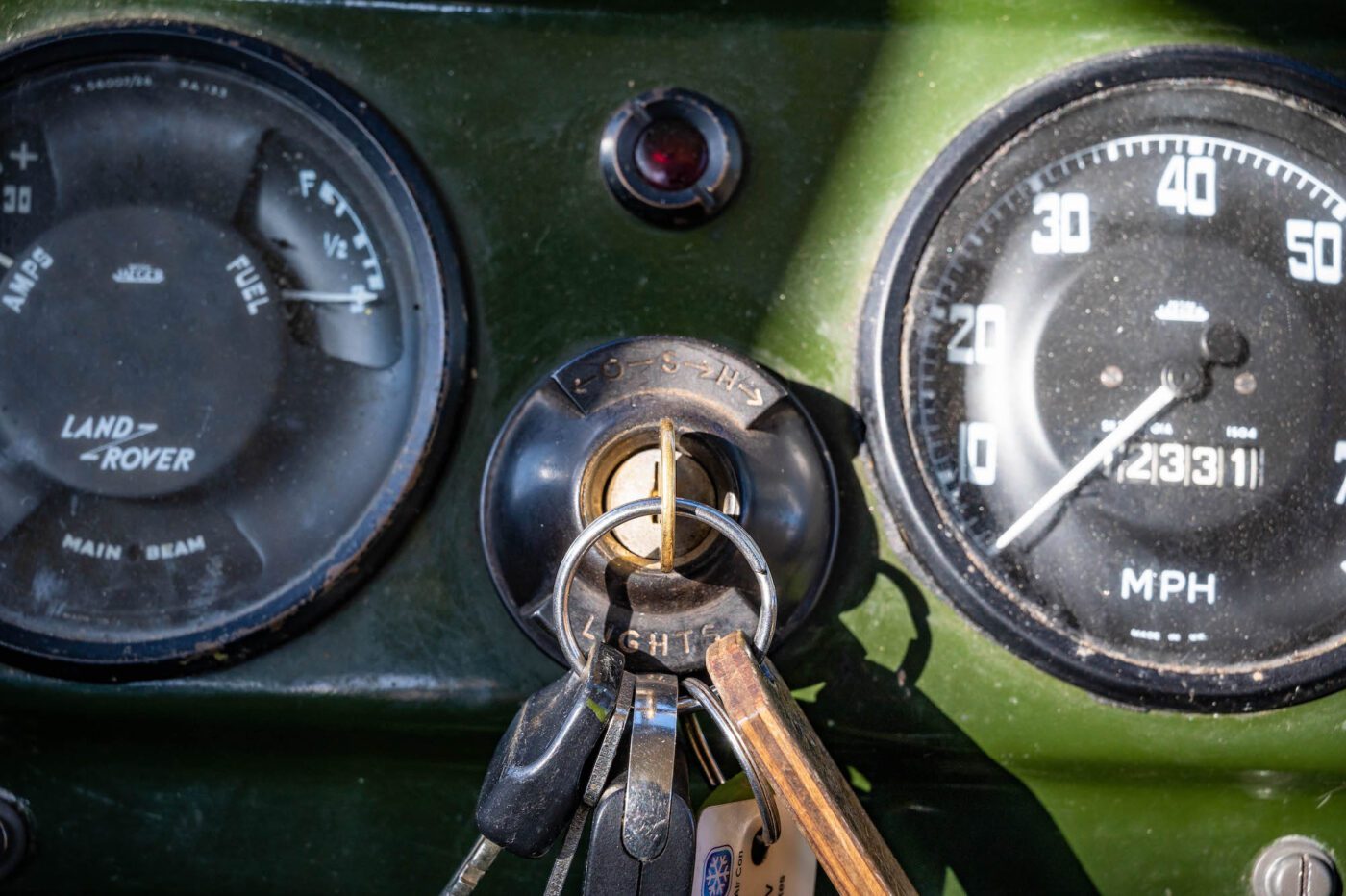
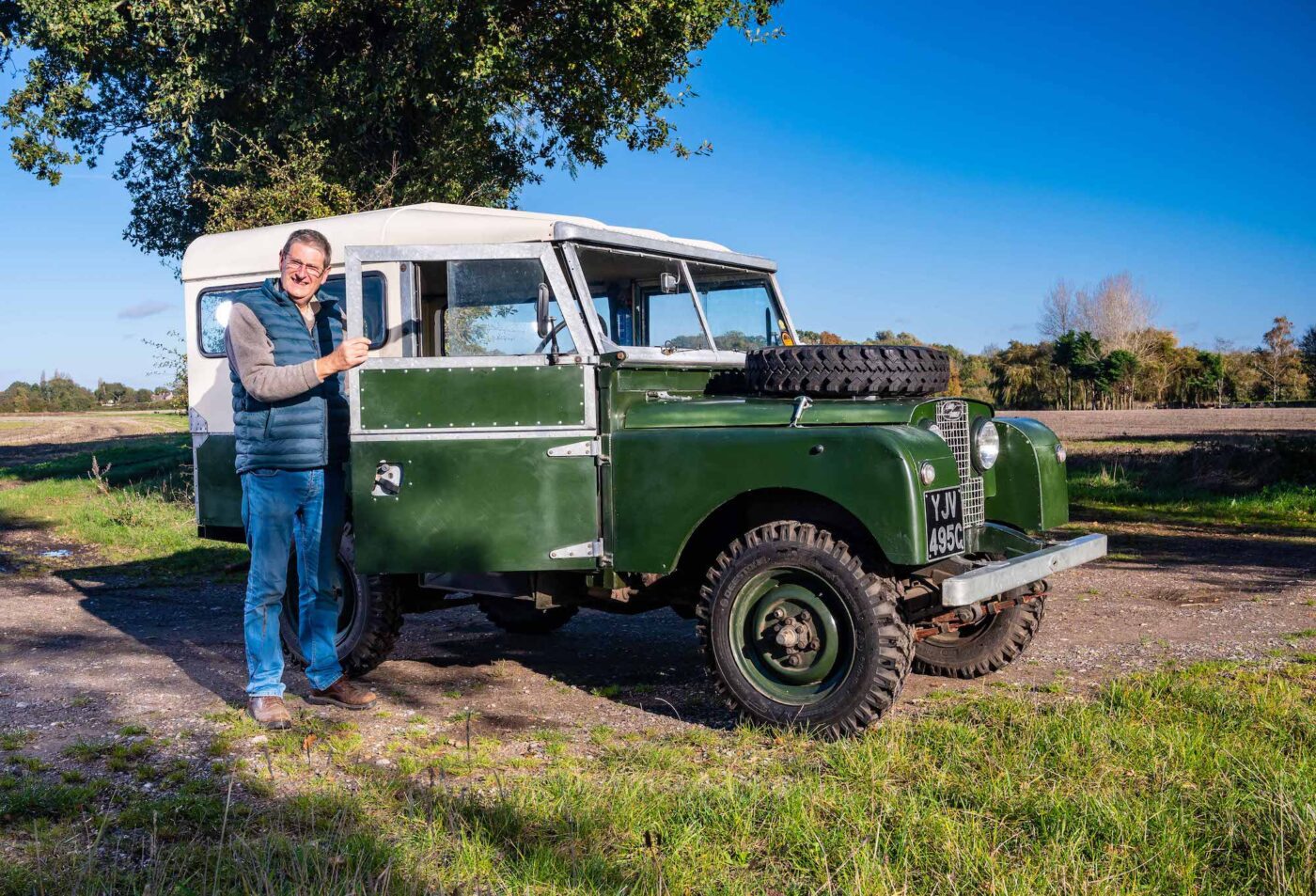
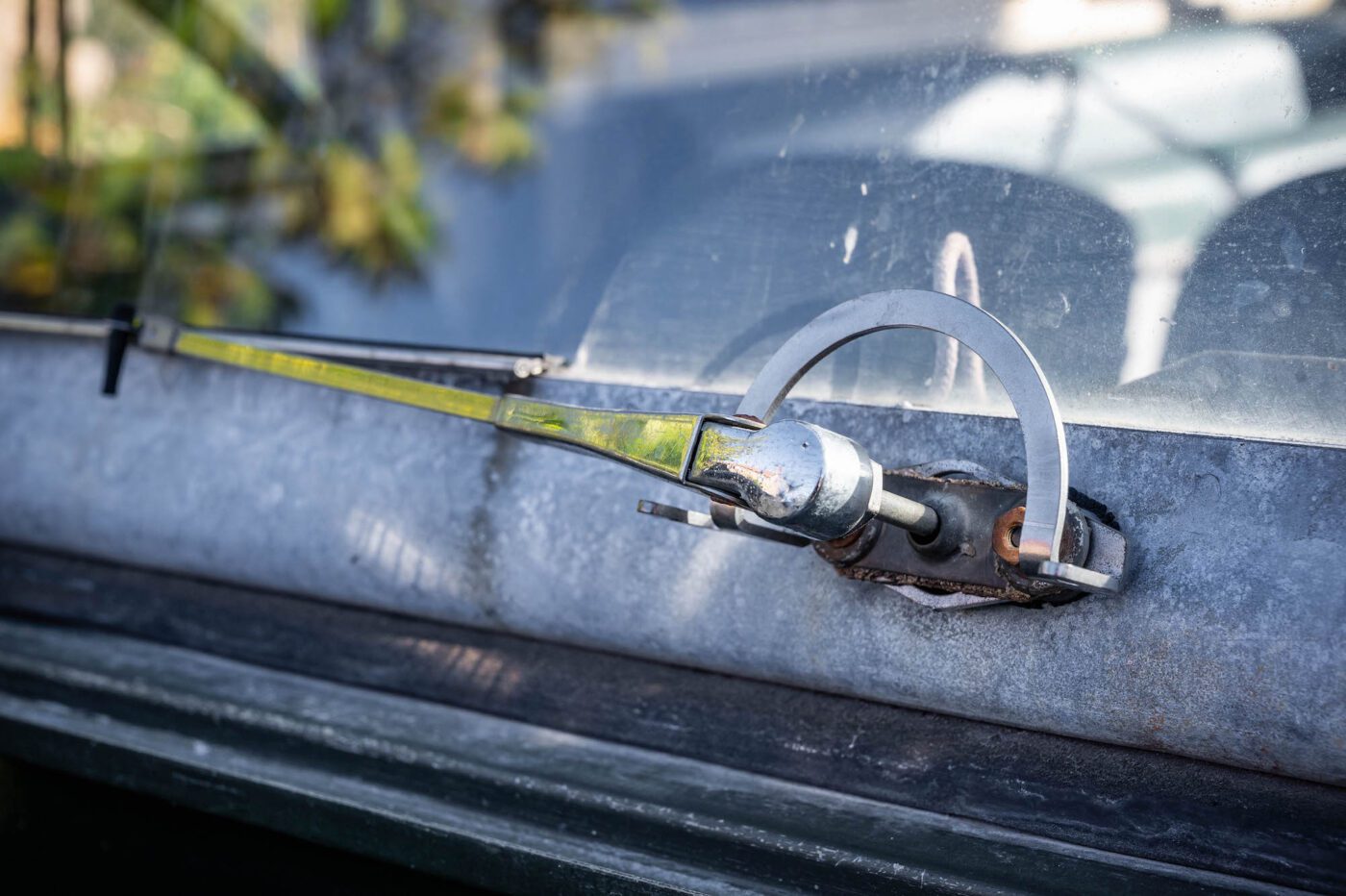
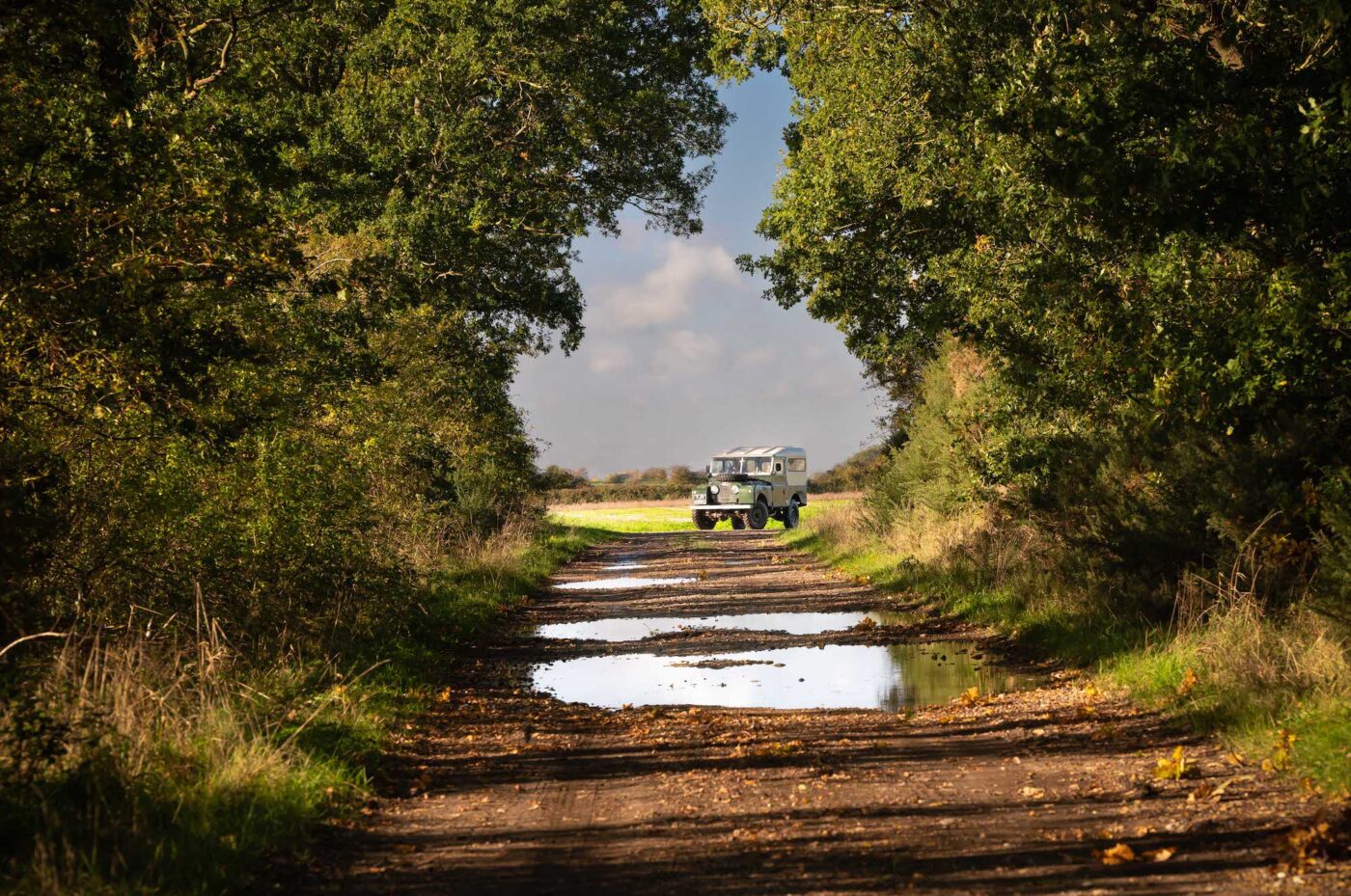
Once back on the road, the Land Rover was used occasionally for work and business, taking the dogs out, and still the odd family camping holiday.
These days, it’s still used but is very much a second vehicle, for “low key and local runs, maybe to the coast, which is what they’re meant for”.
As for the future, Tim says the Series I has “already been earmarked by Hetti, who loves it”.
“She has been fairly up front and said ‘when you’re gone…’ so we redrafted our wills earlier this year,” he adds.
“If she can’t have it, then it will be sold to someone in the Series I club so it goes to a good home rather than be broken for parts.”
But after more than four decades, the old vehicle is still giving Tim as much pleasure as ever.
“I still get a thrill from it,” he says. “It’s almost a connection between childhood, a family growing up, the fun I had with it as a young man when I trialled with it, and then today going out with the family and dogs. There’s a continuity there which I’ve maintained for 43 years.”
And that bodged radiator is still going strong.

